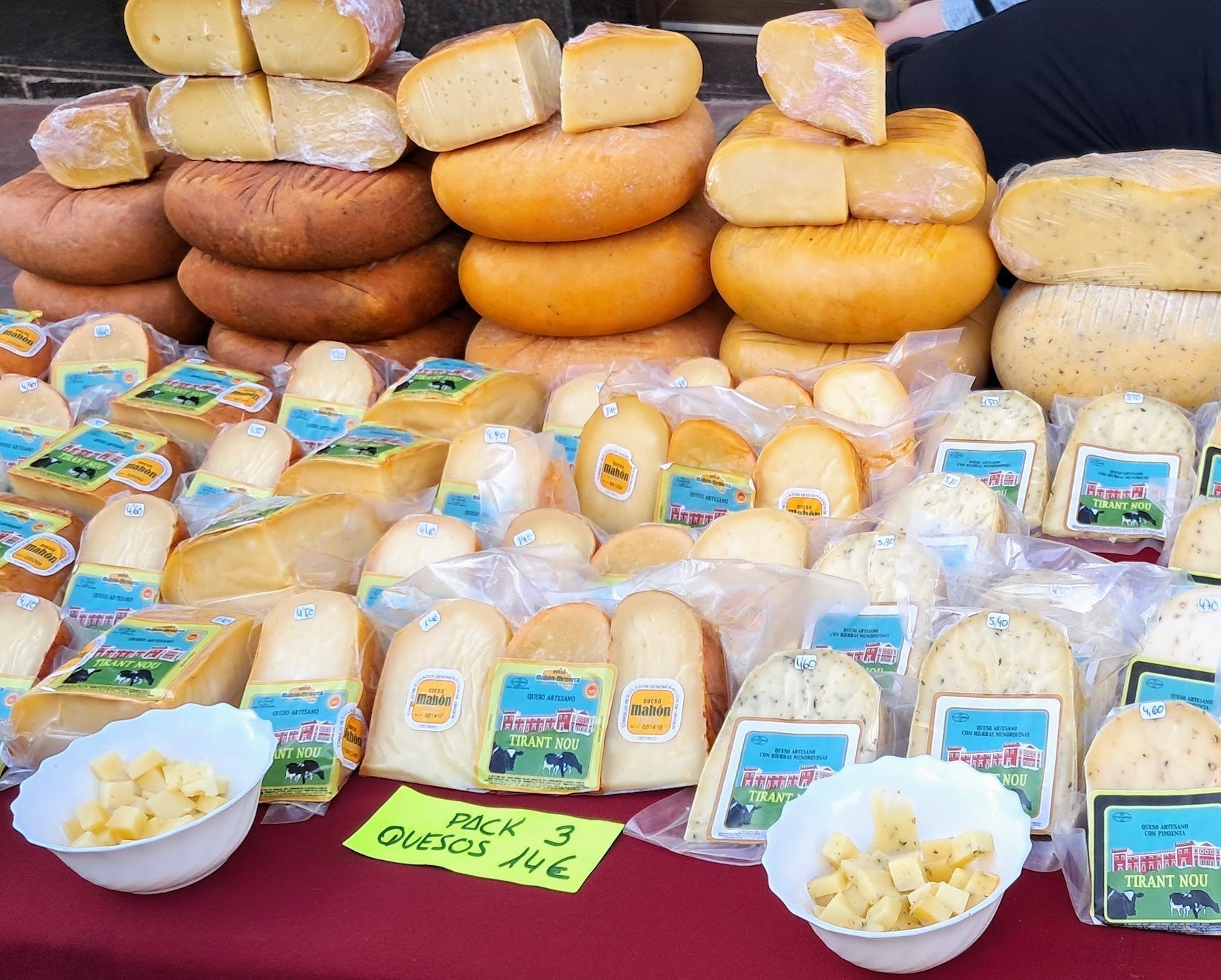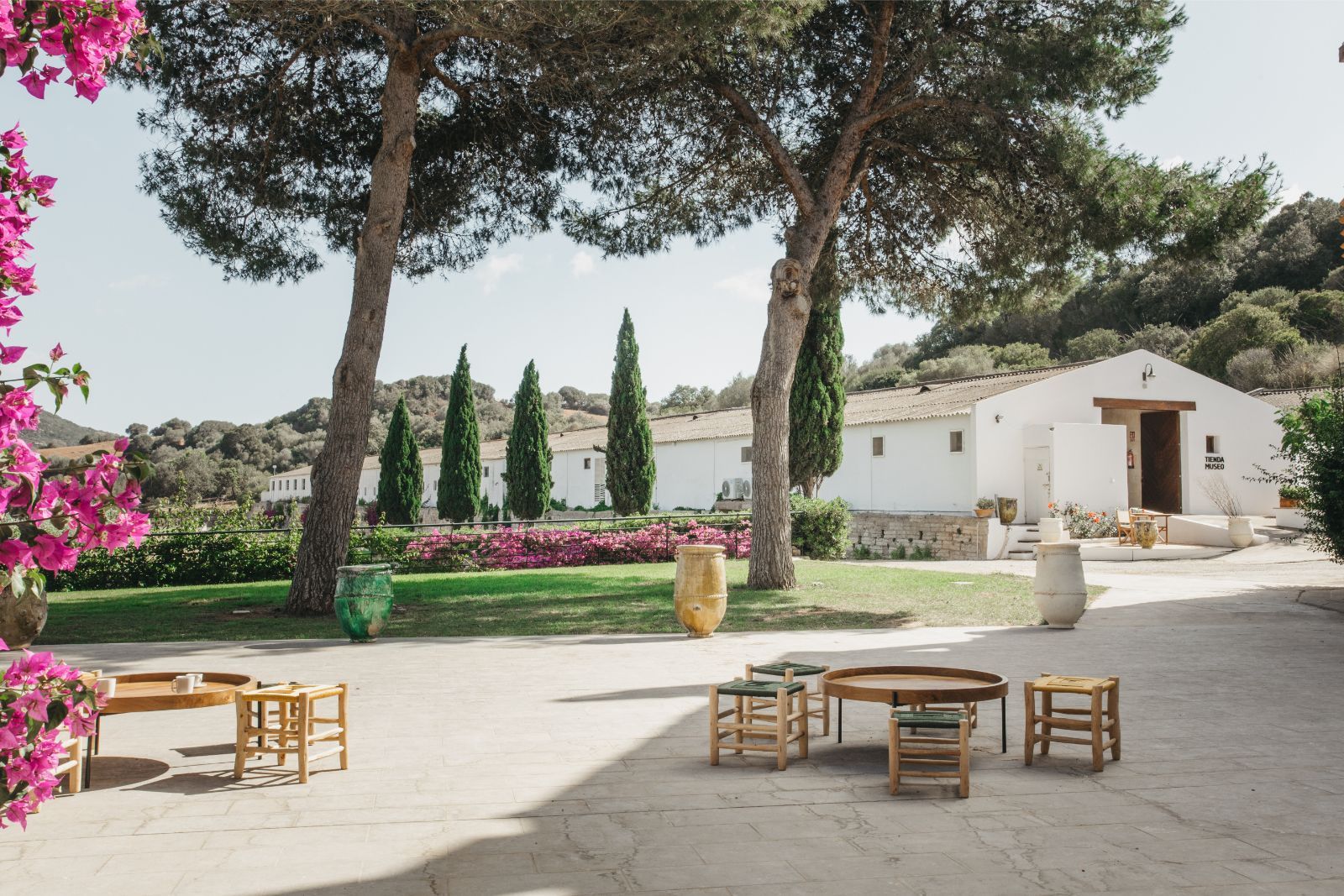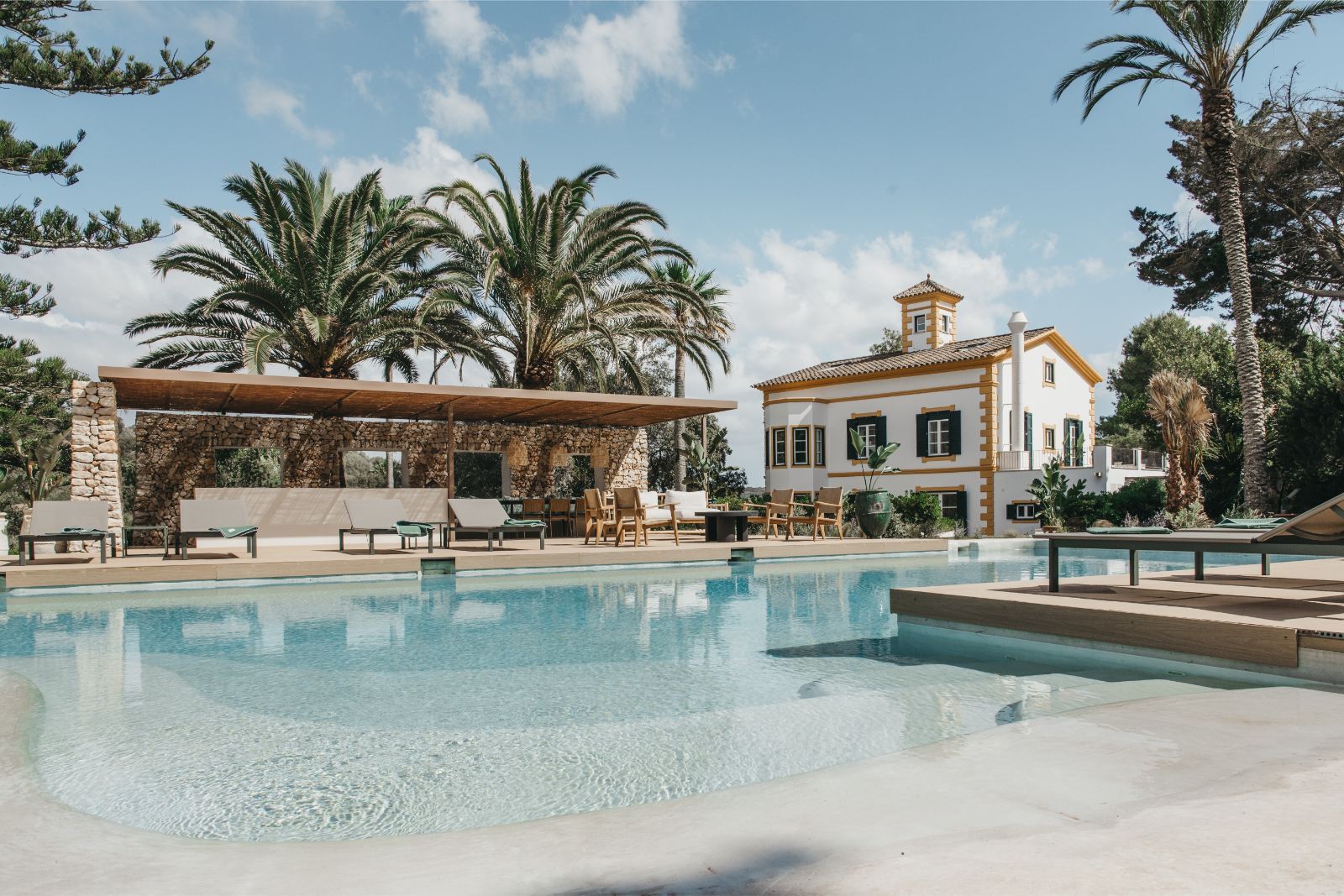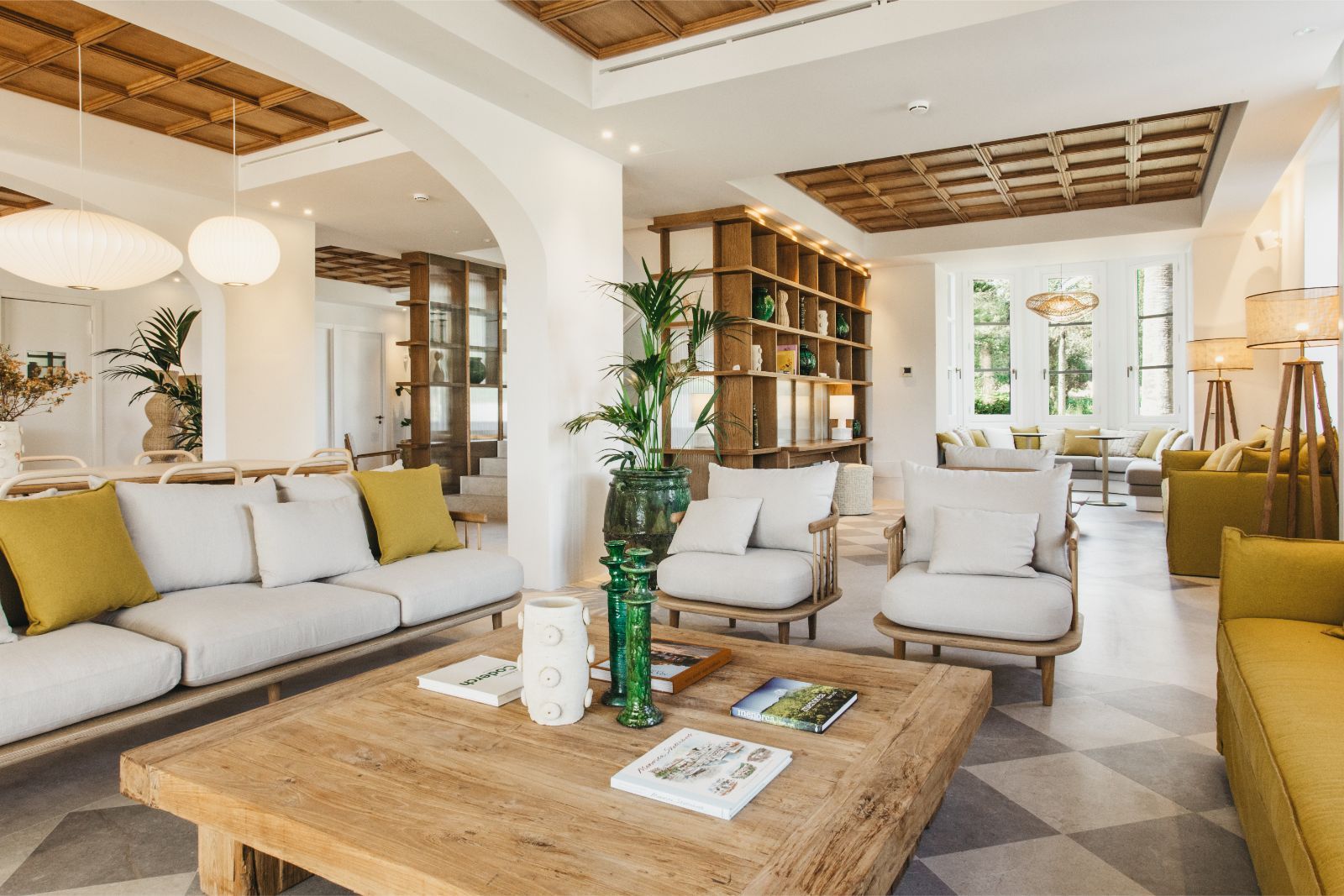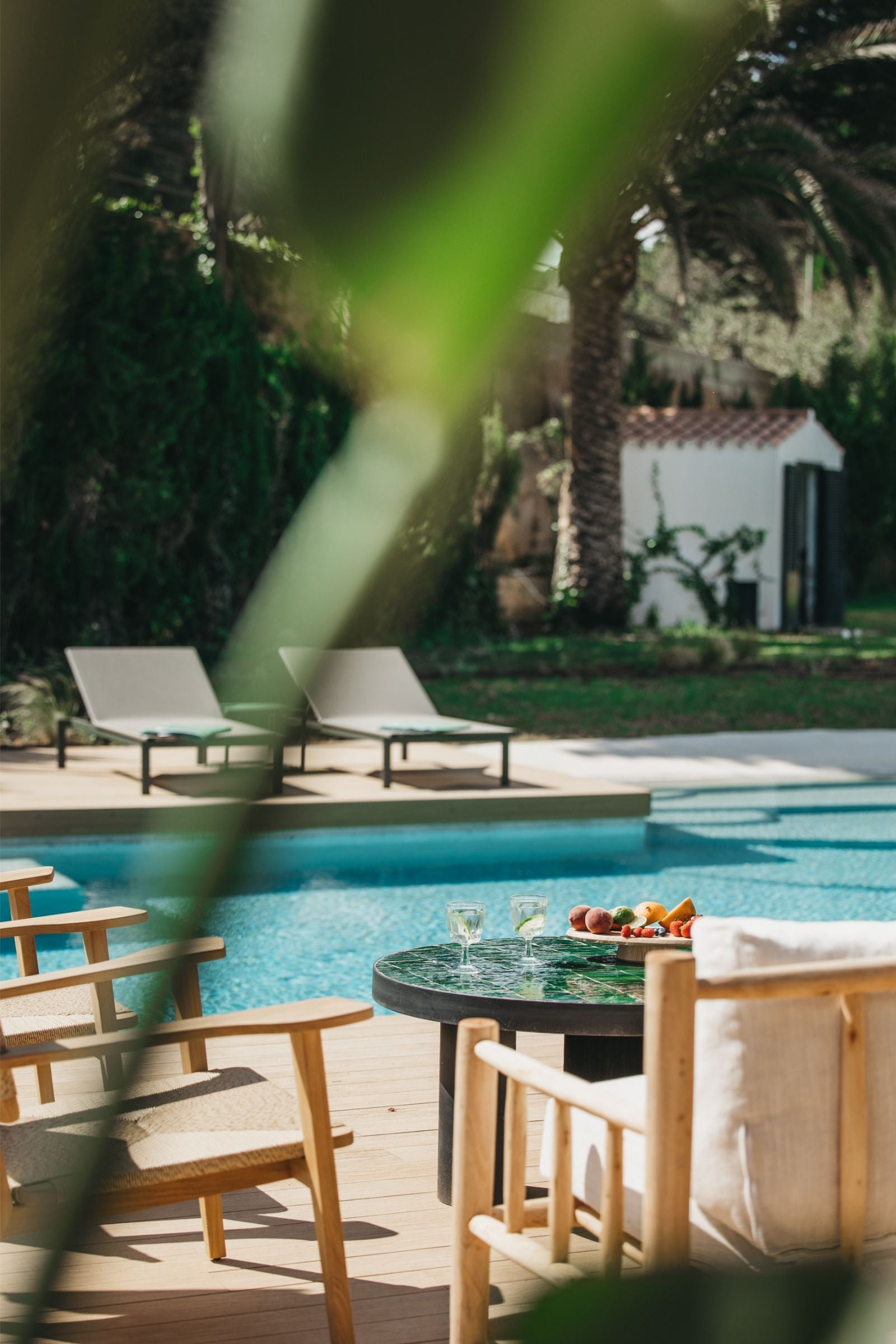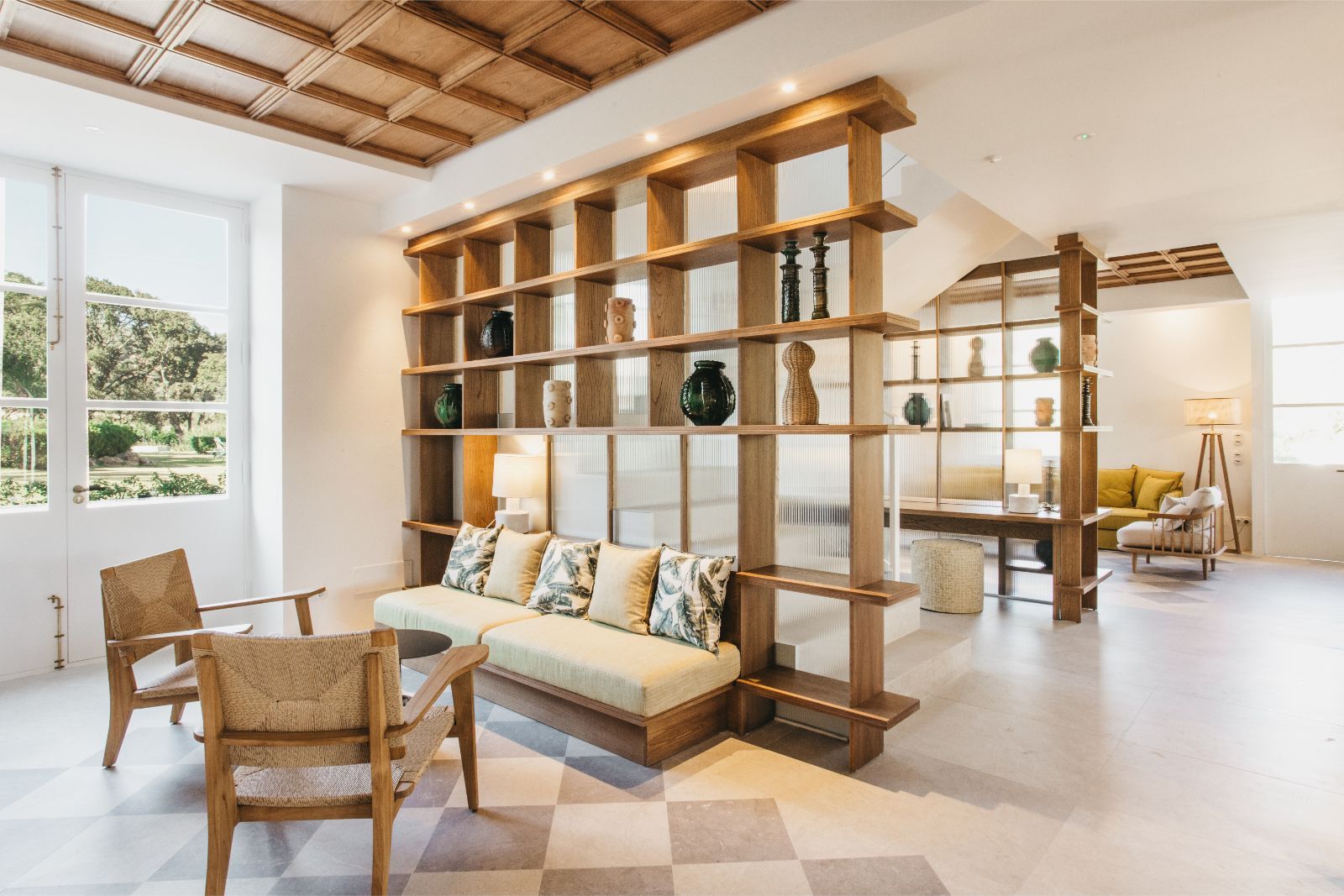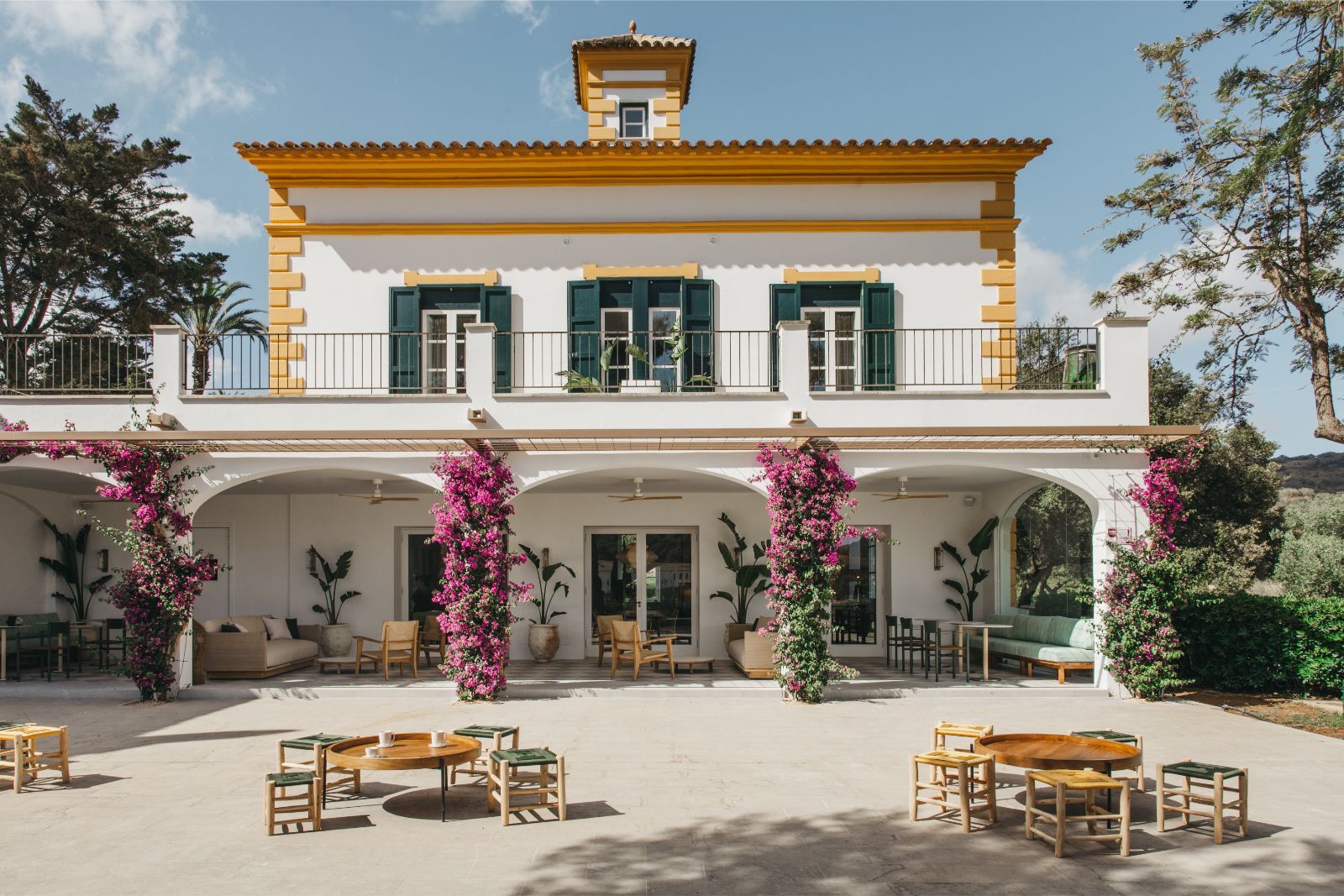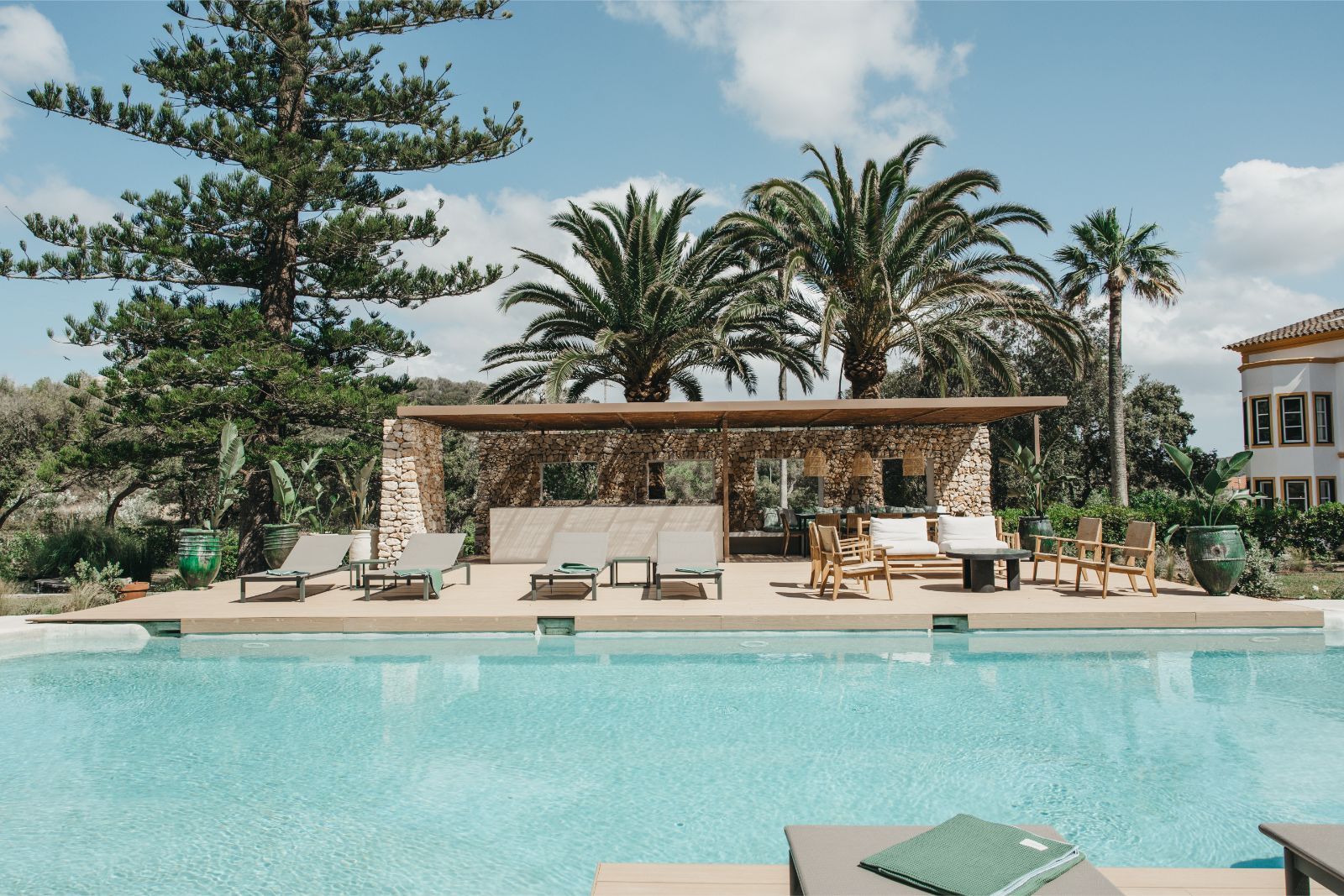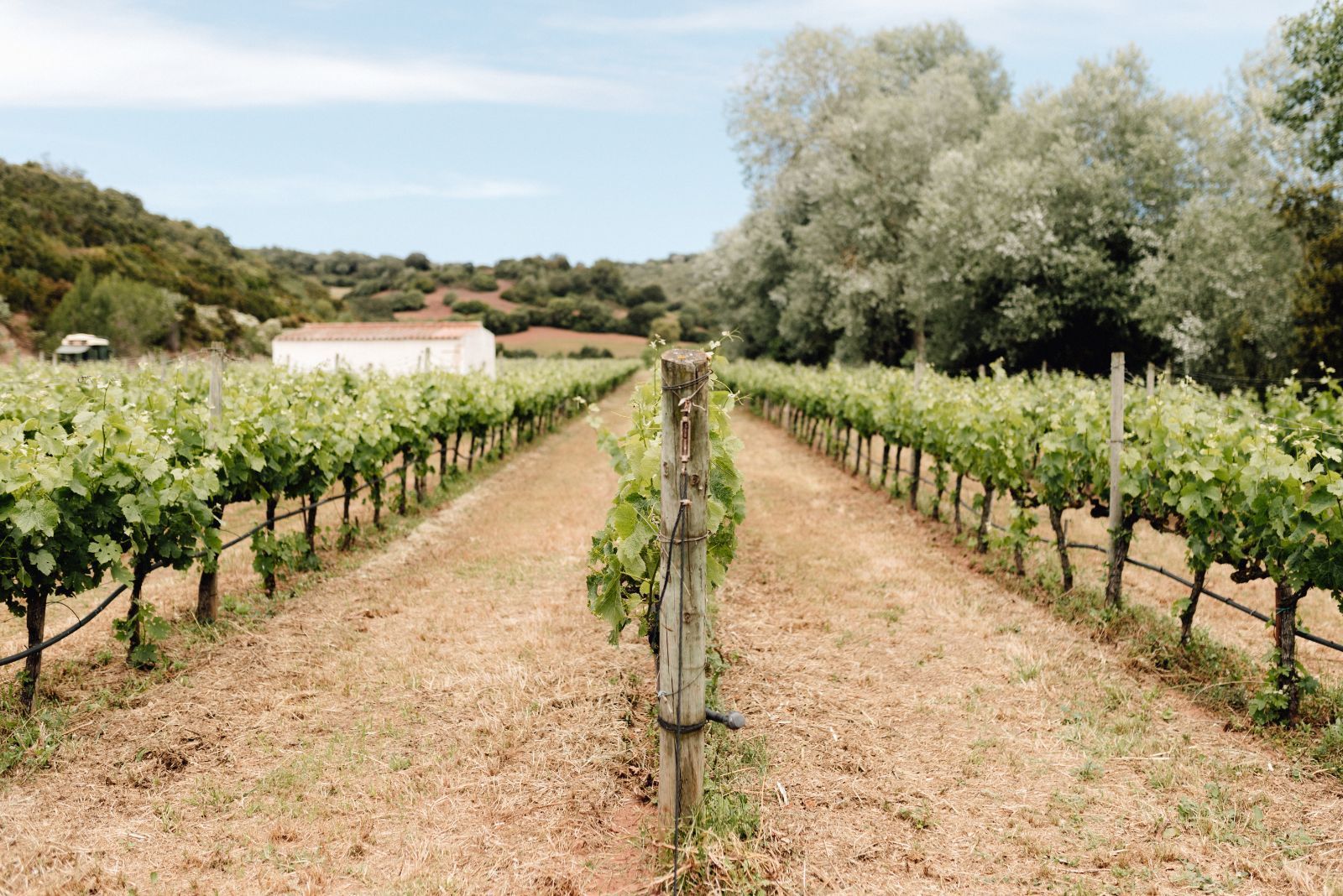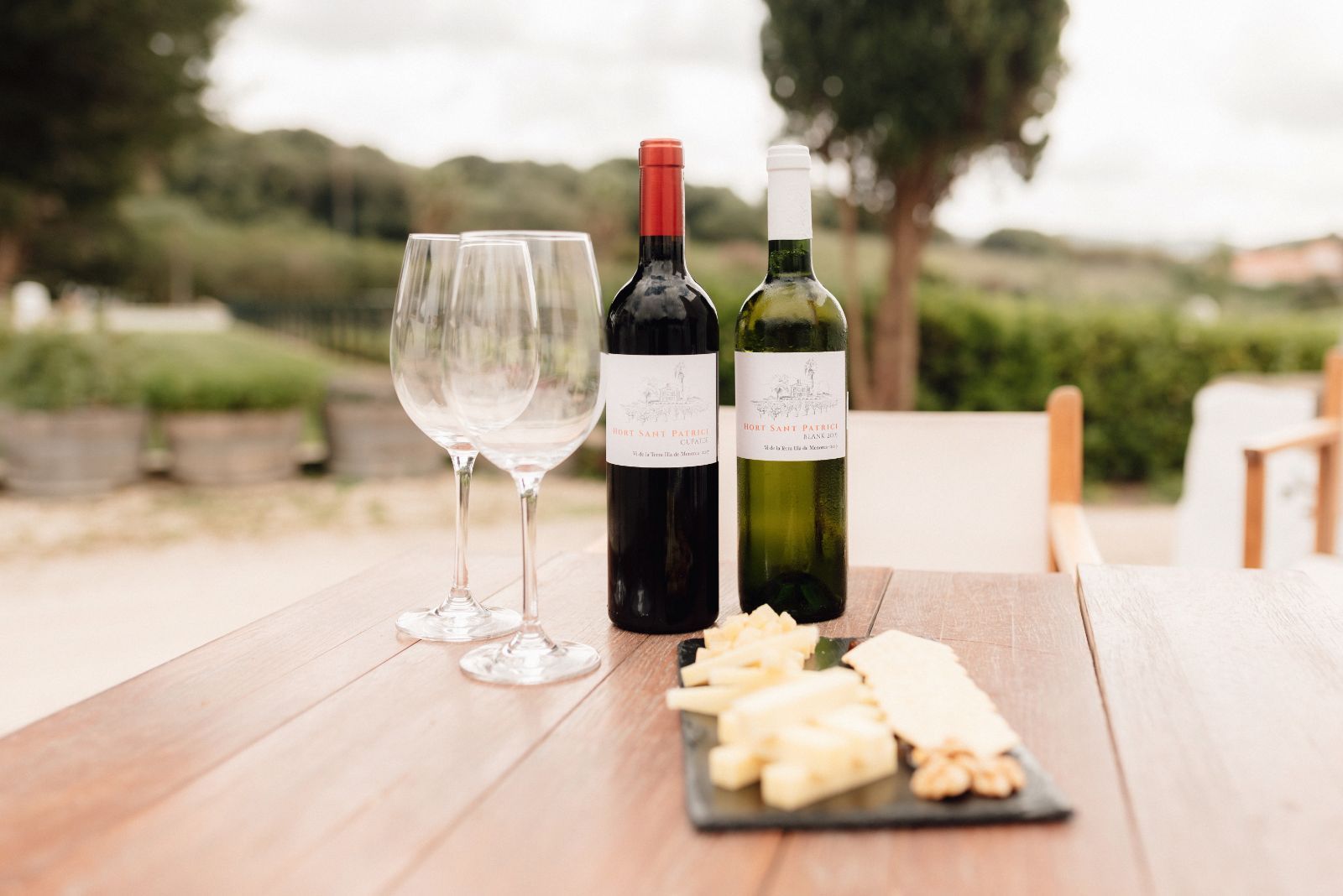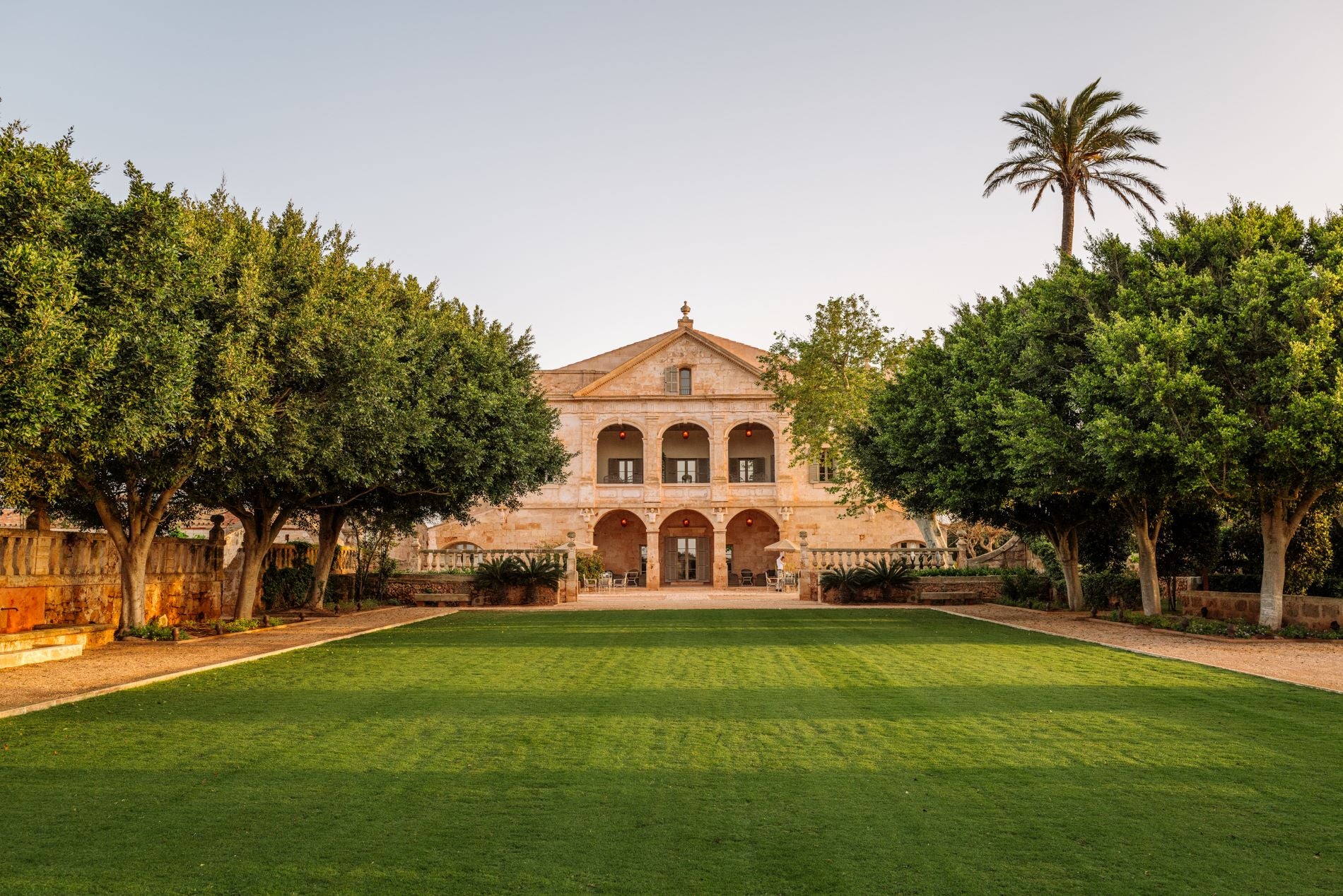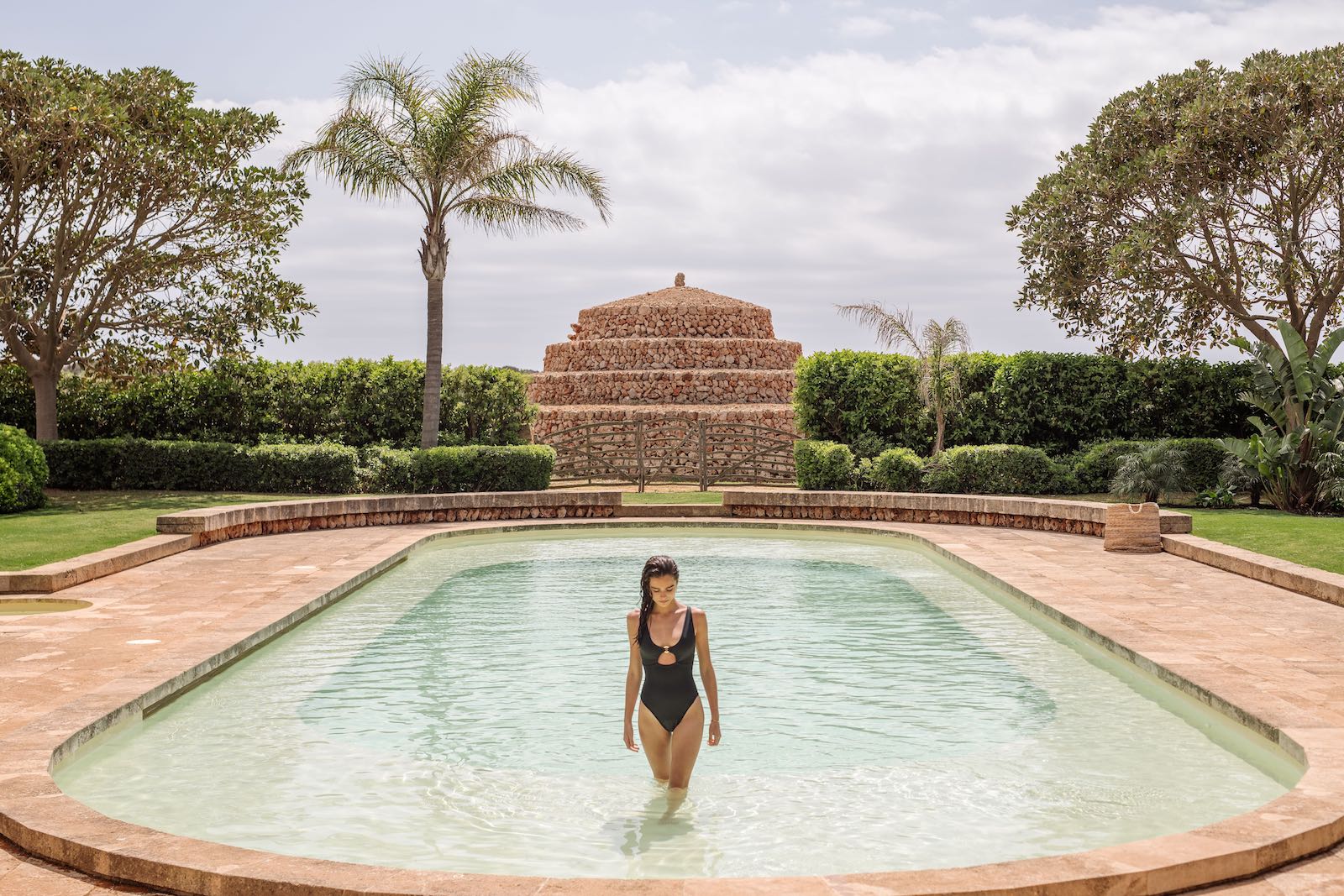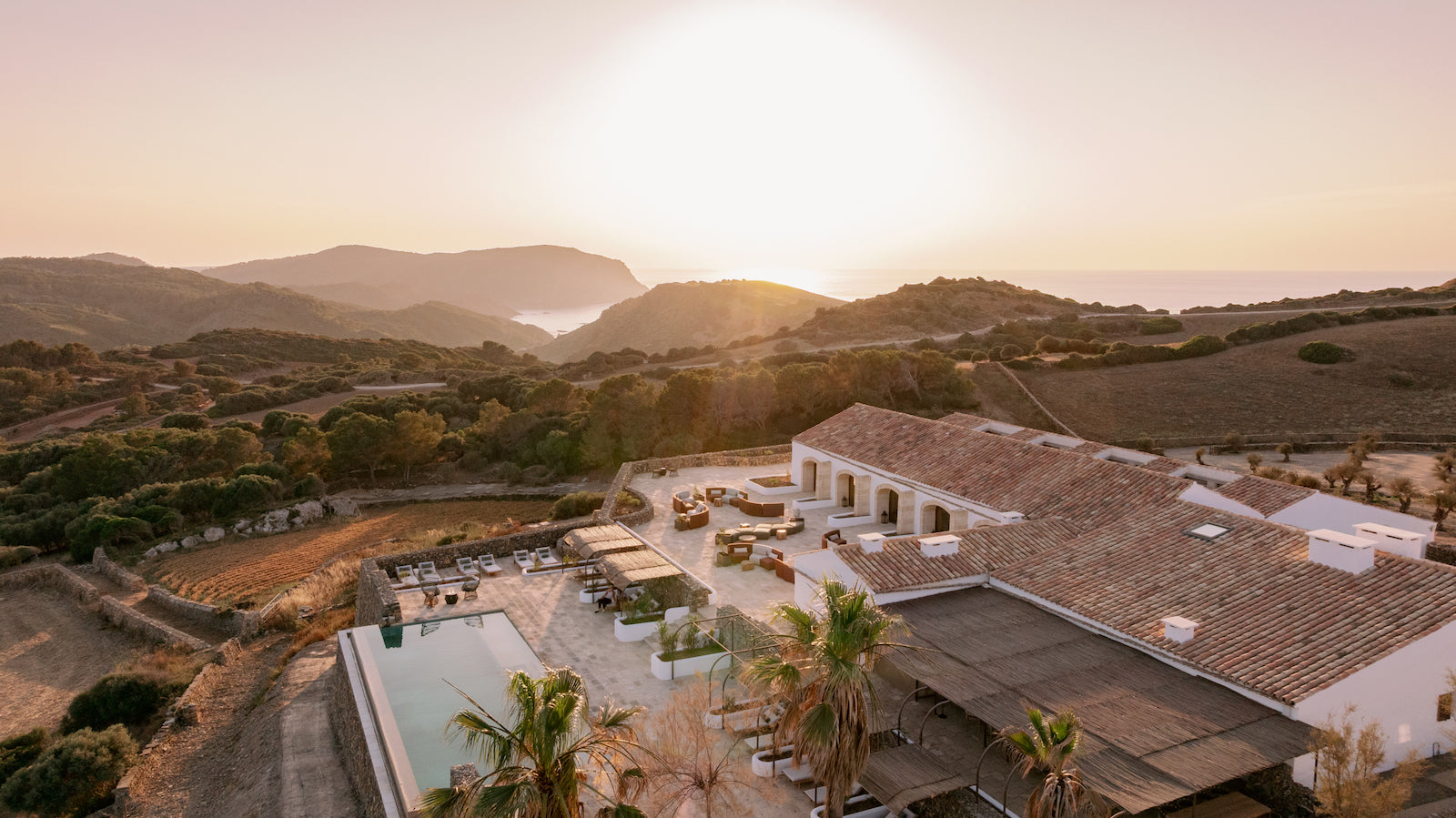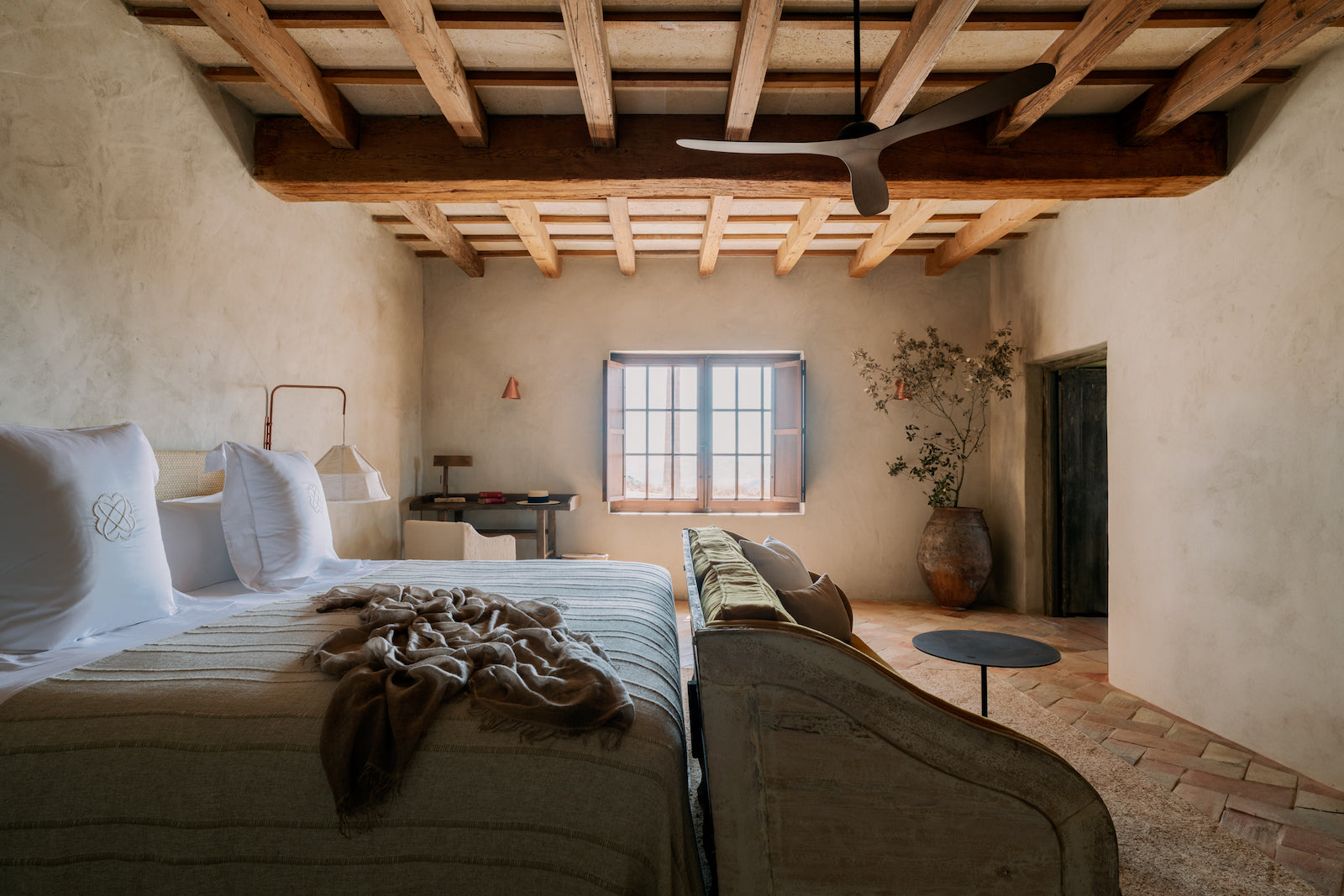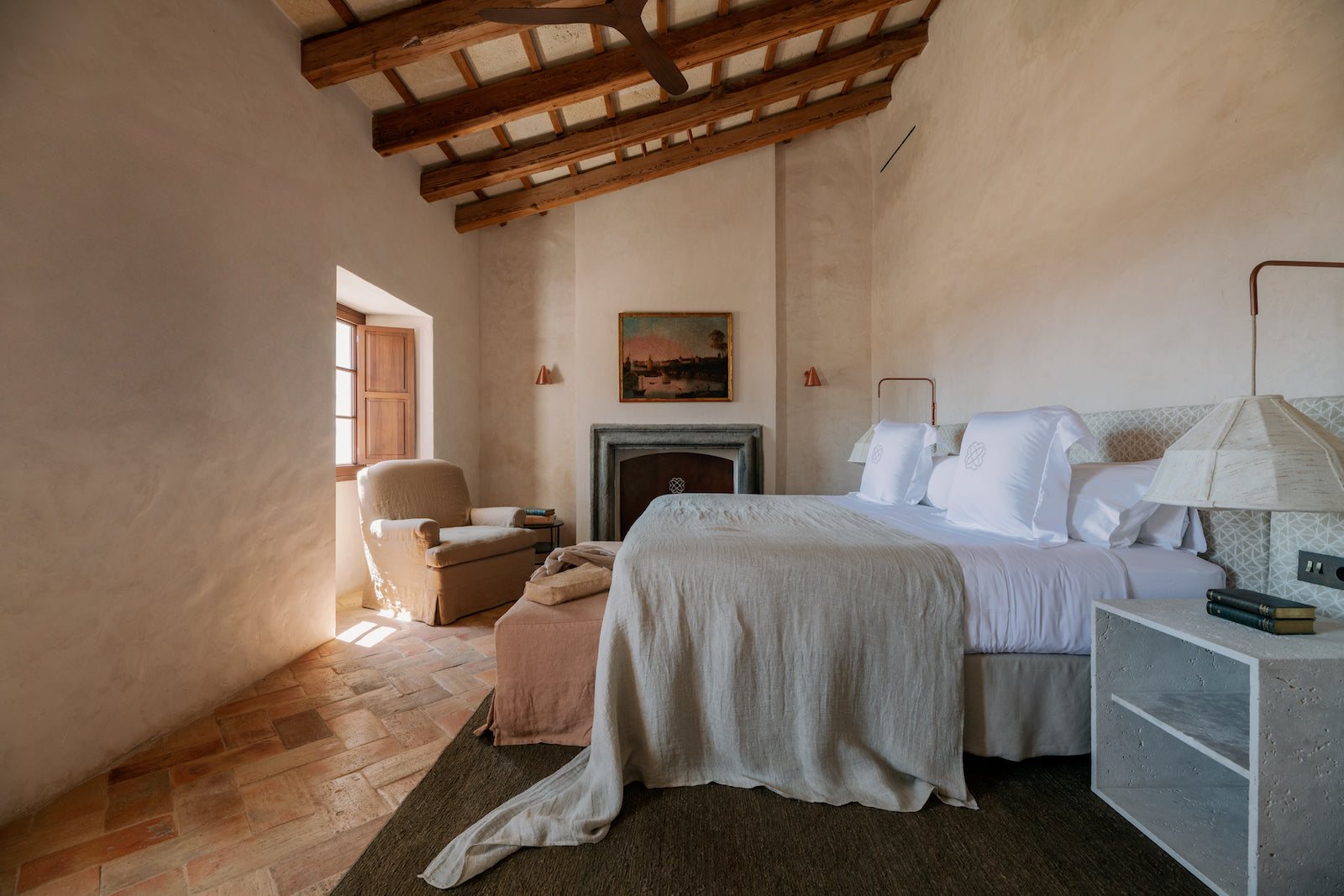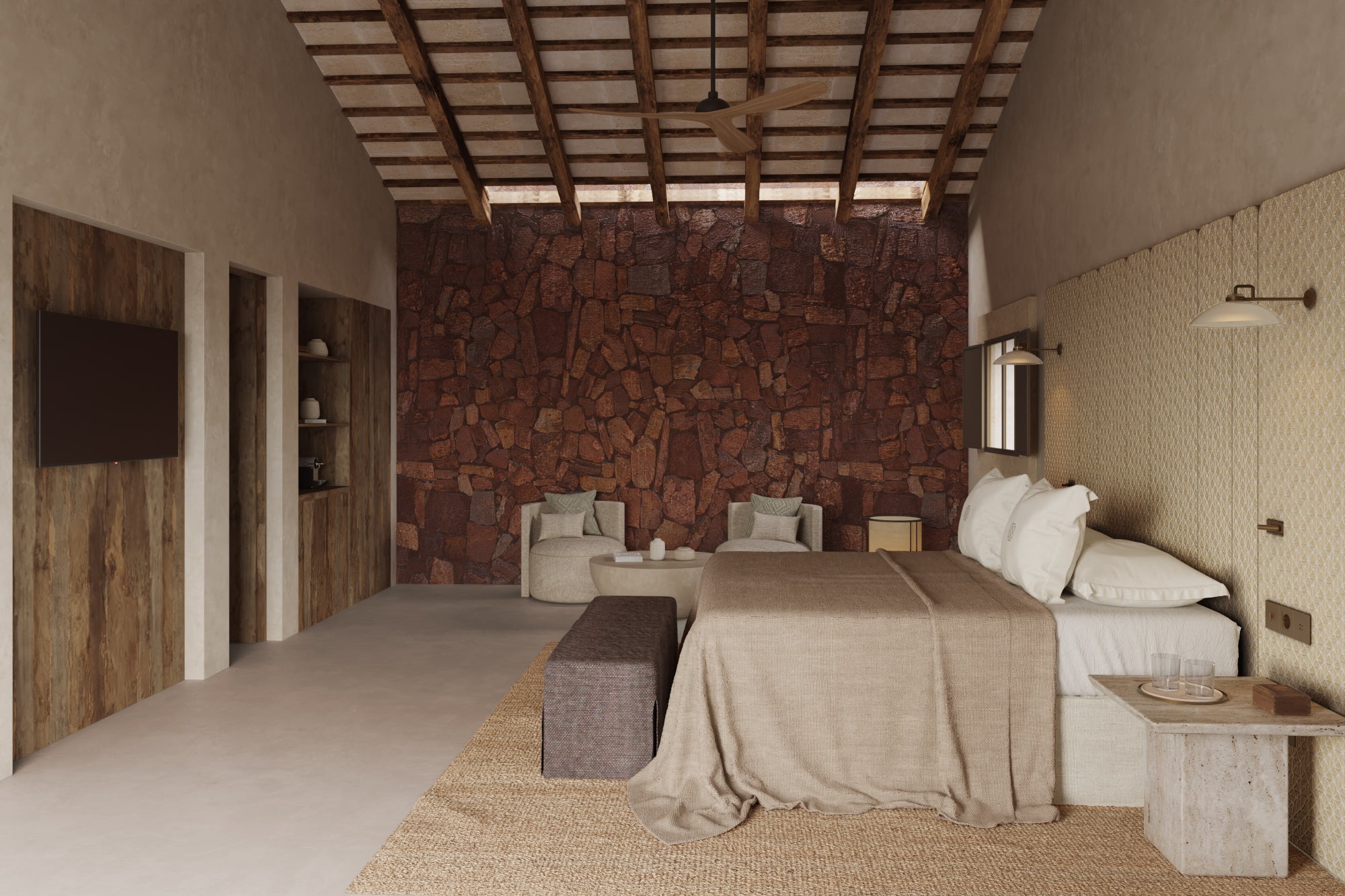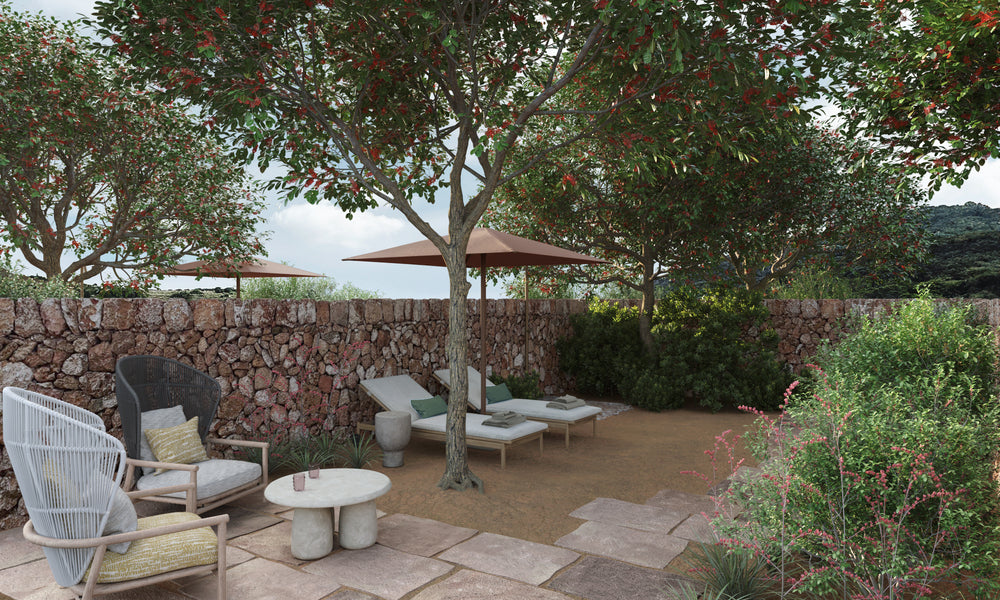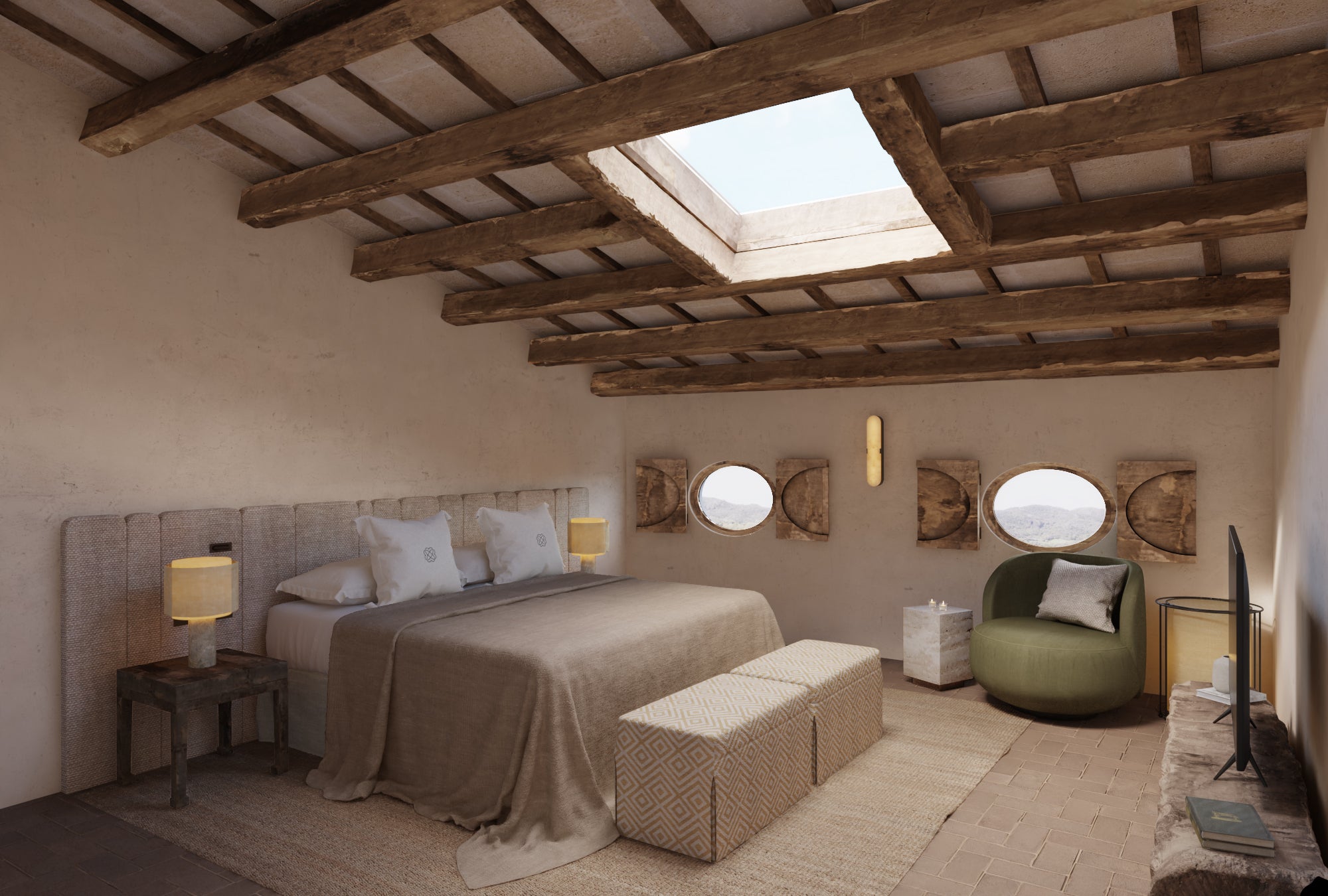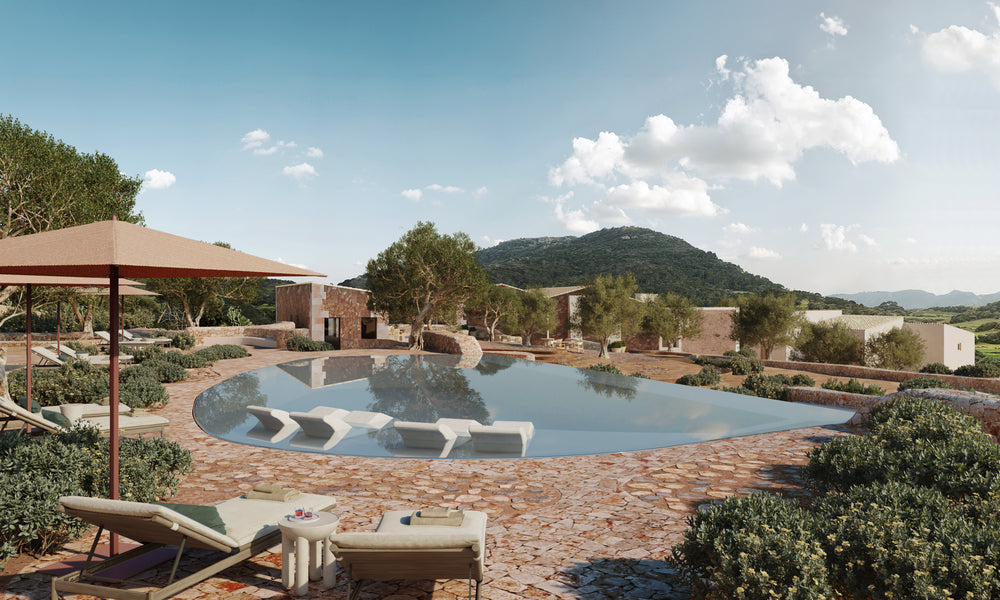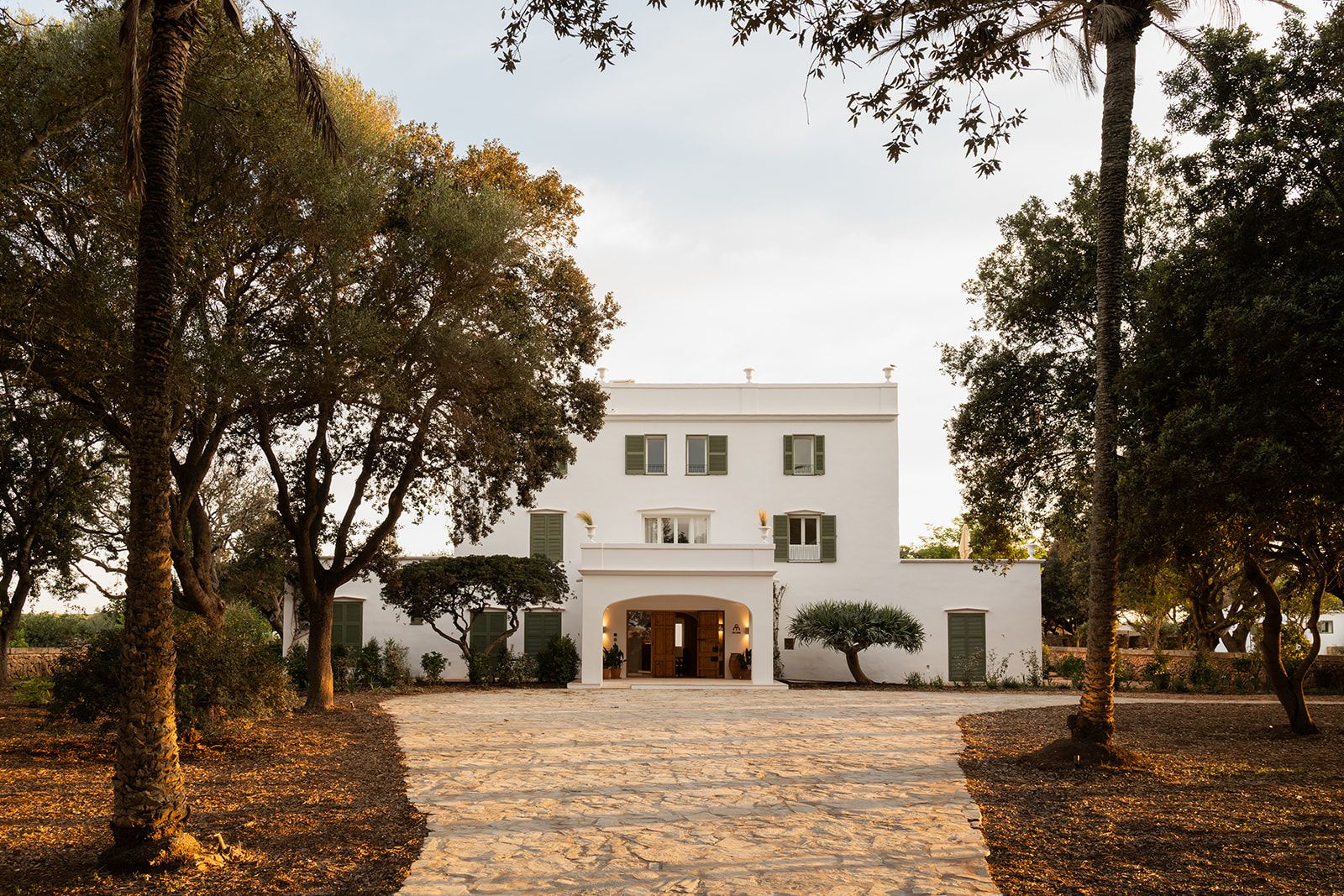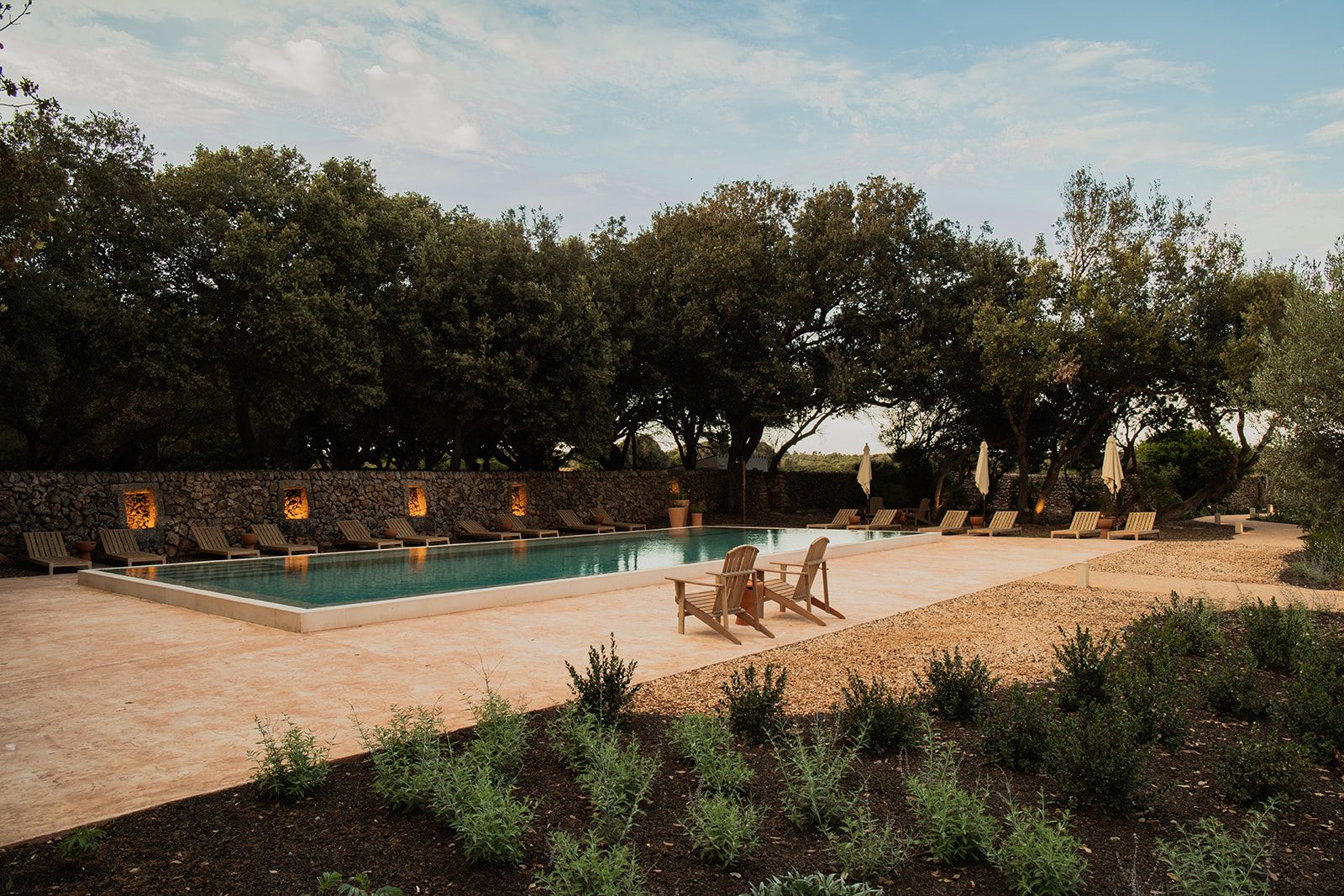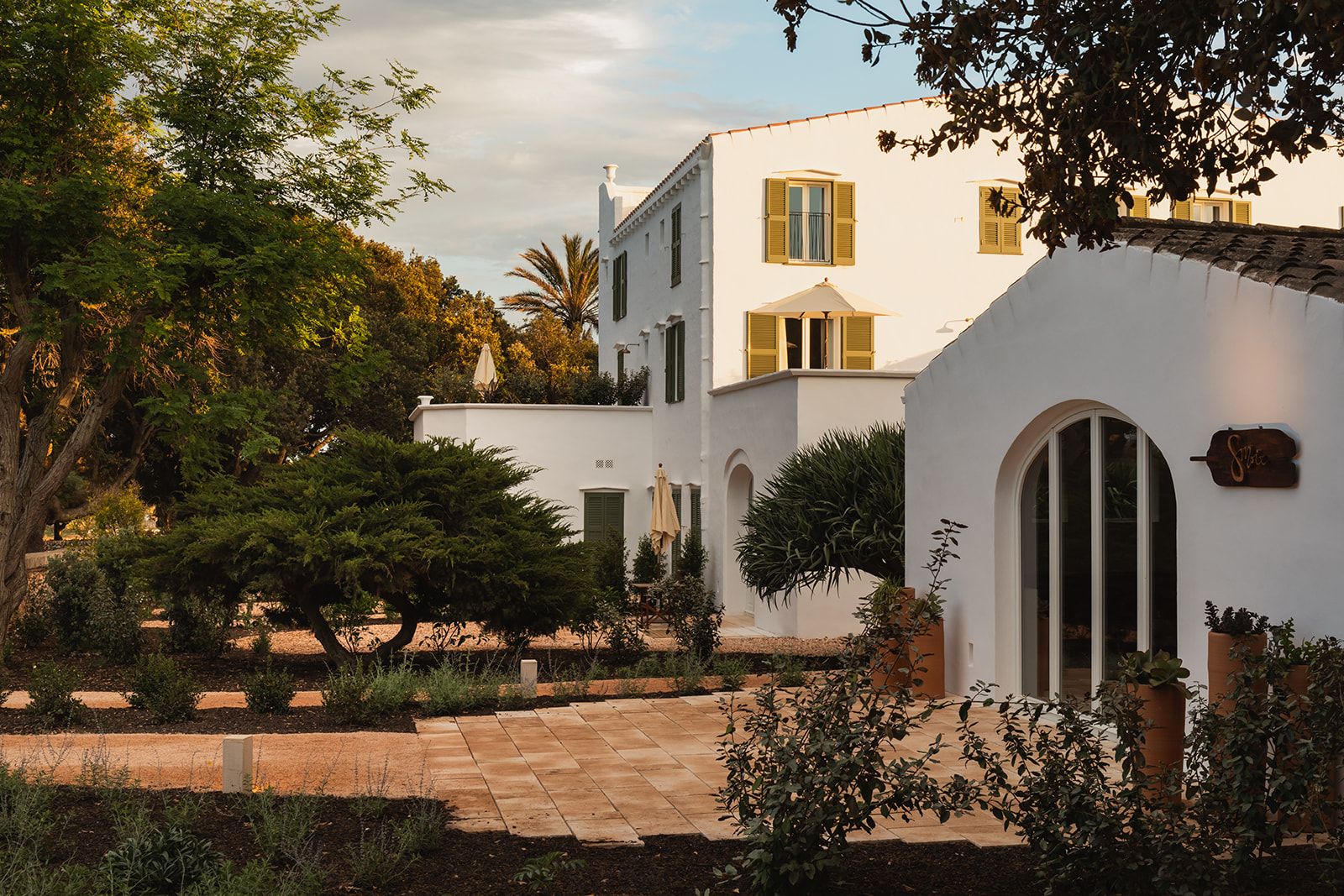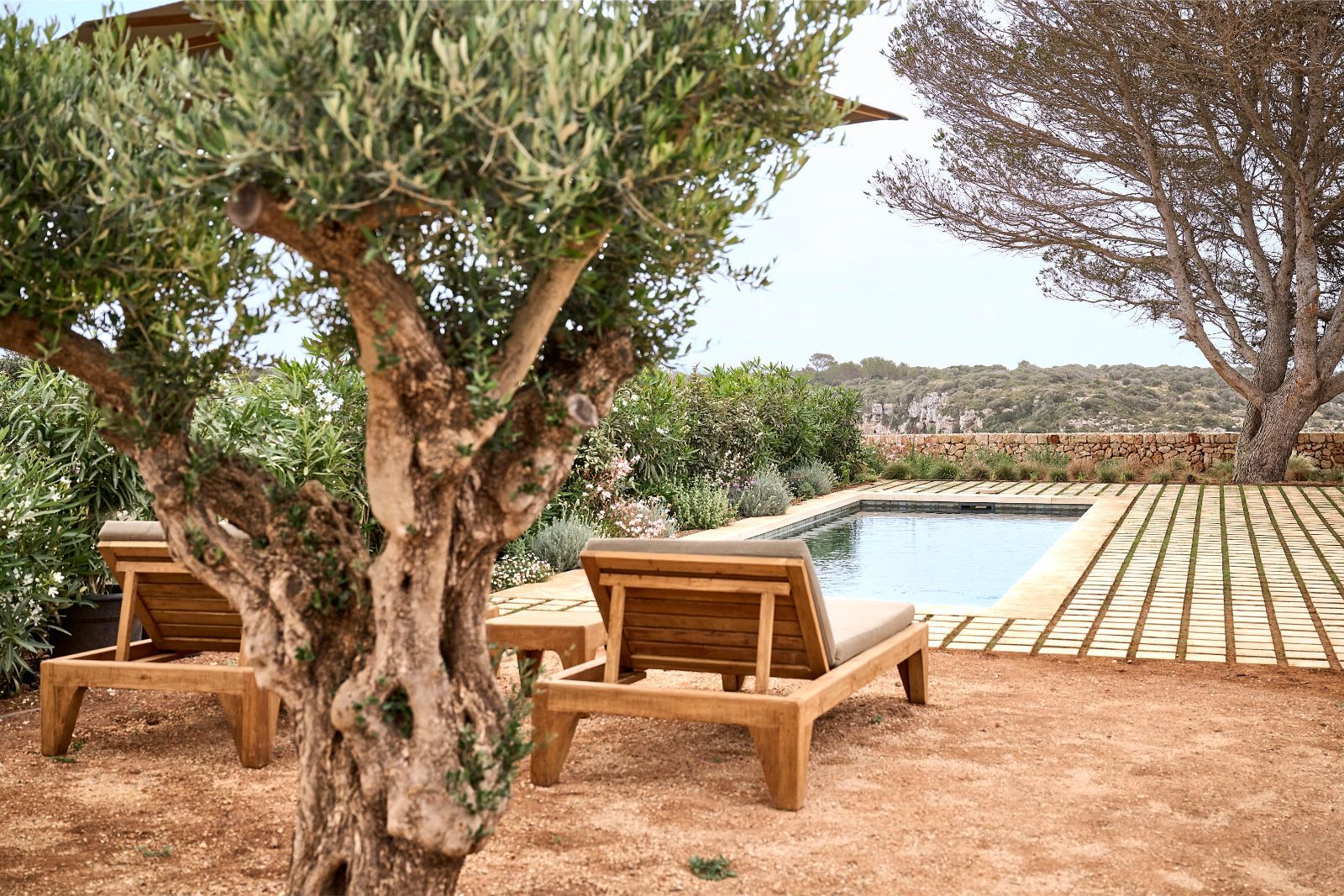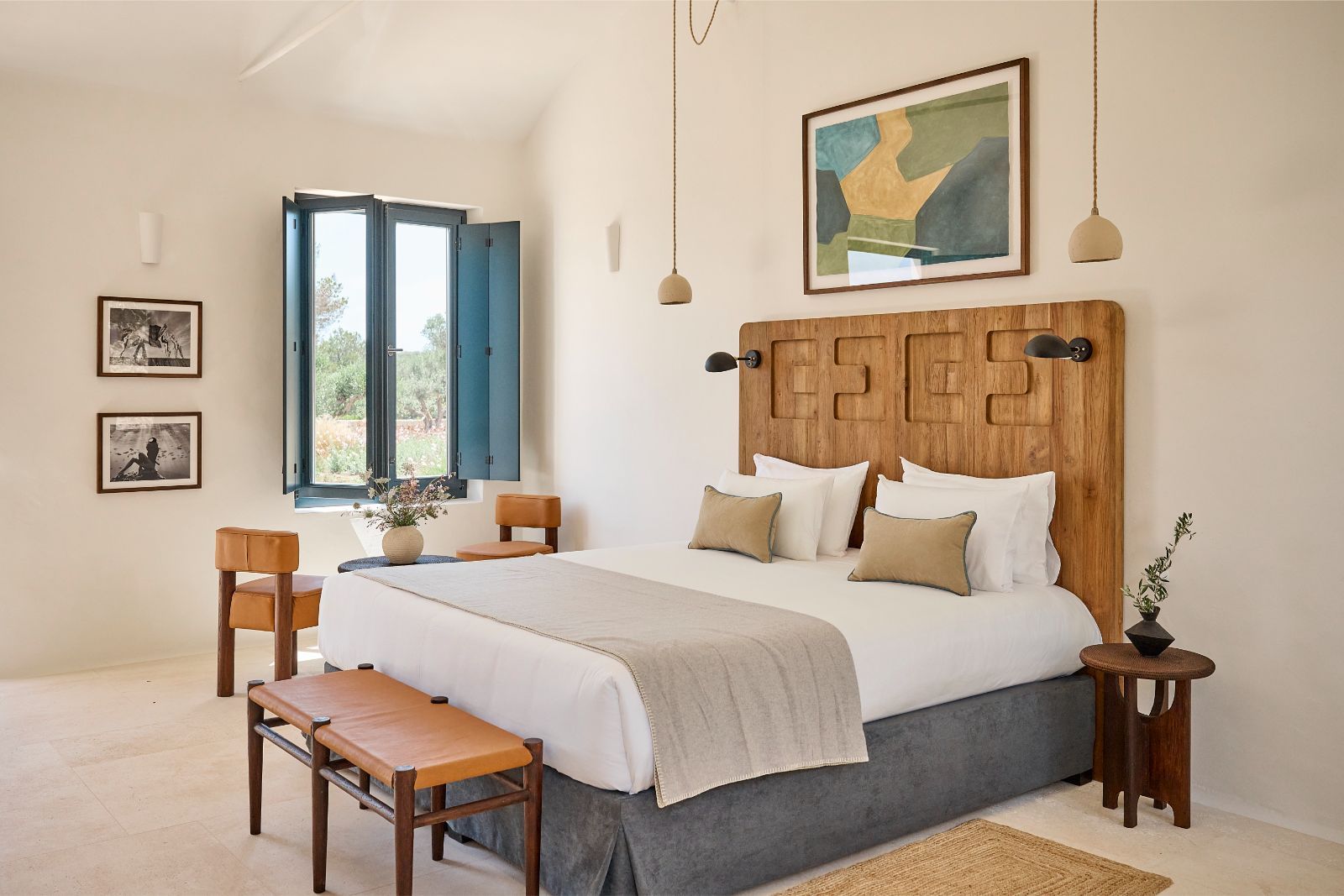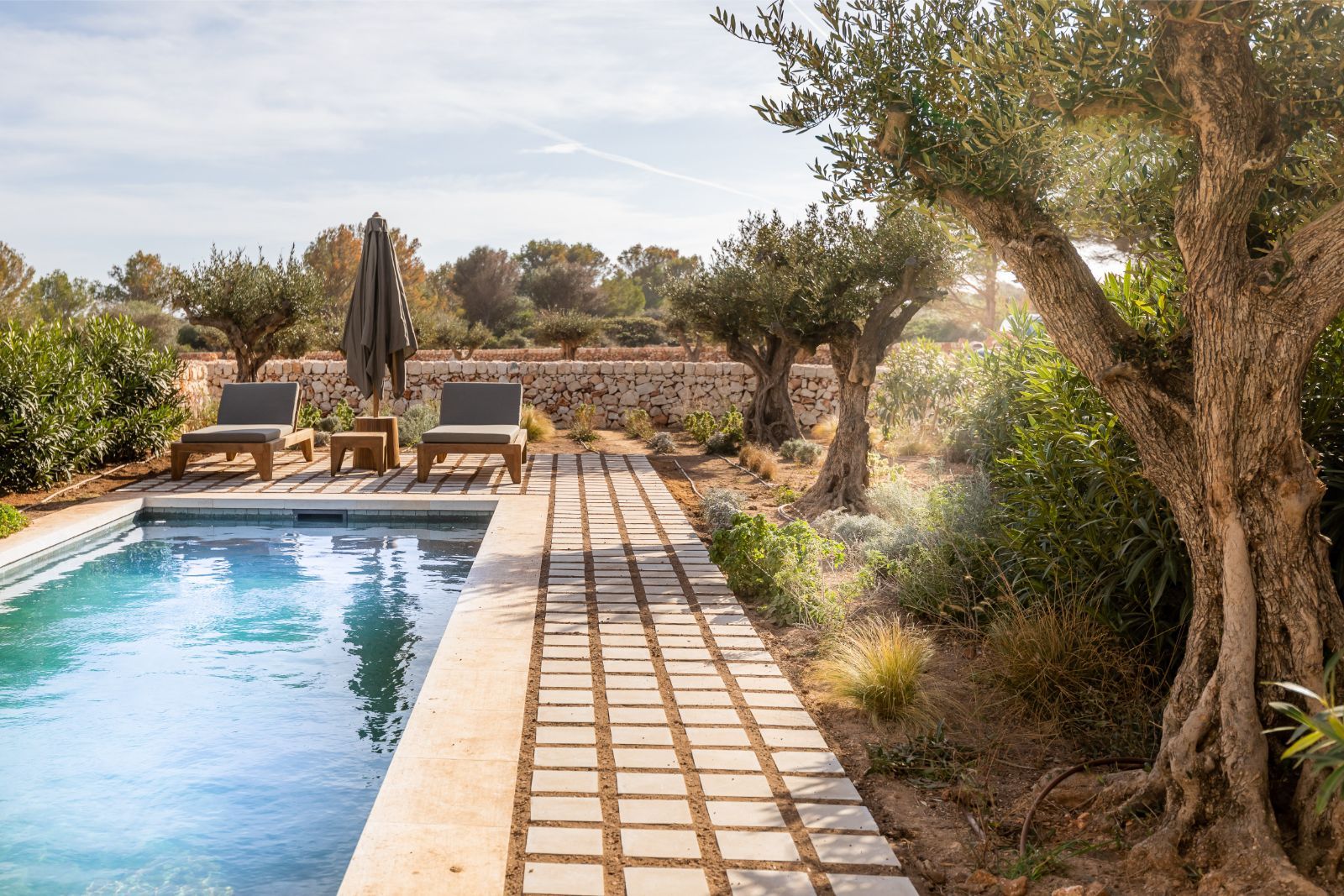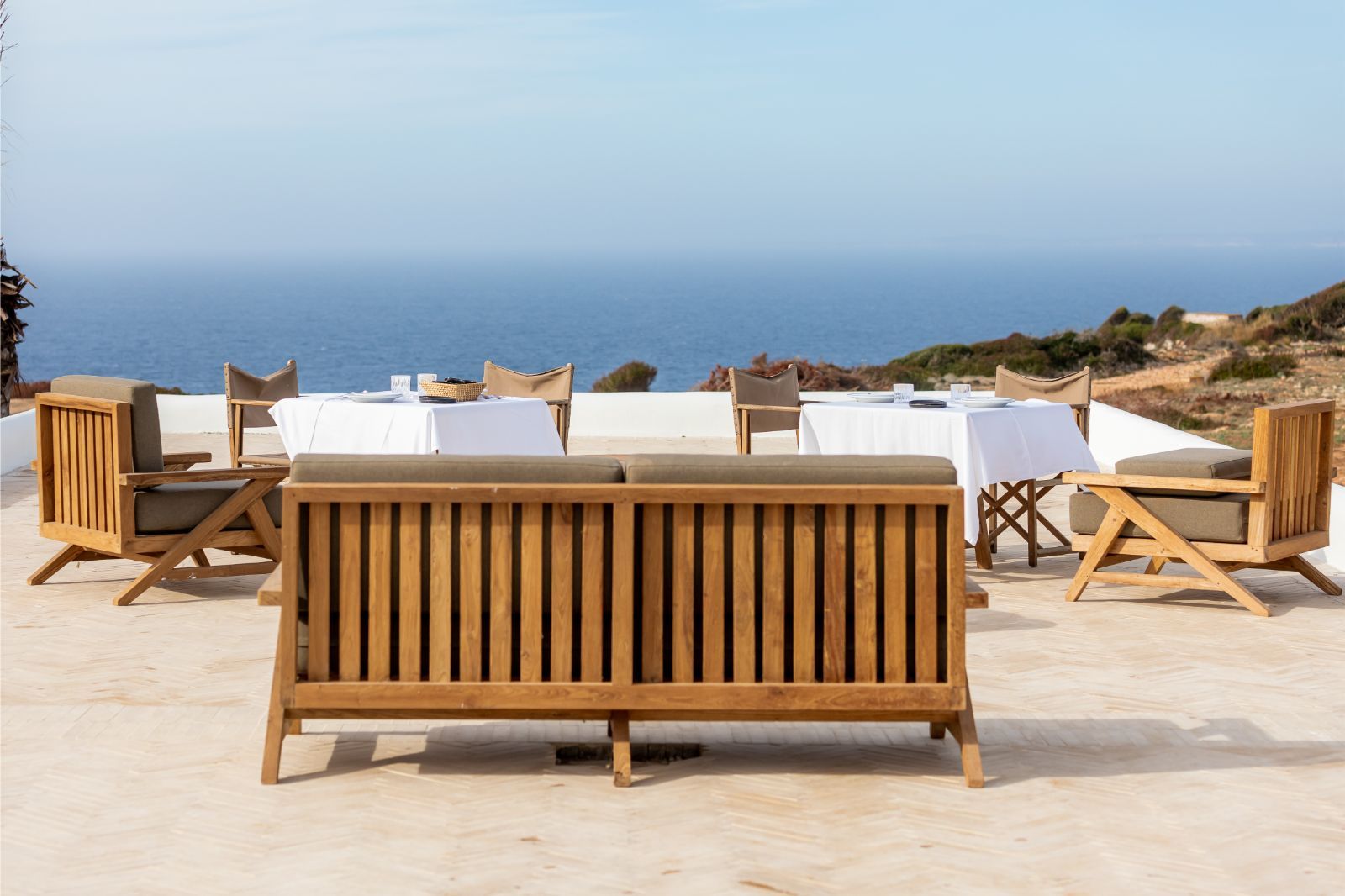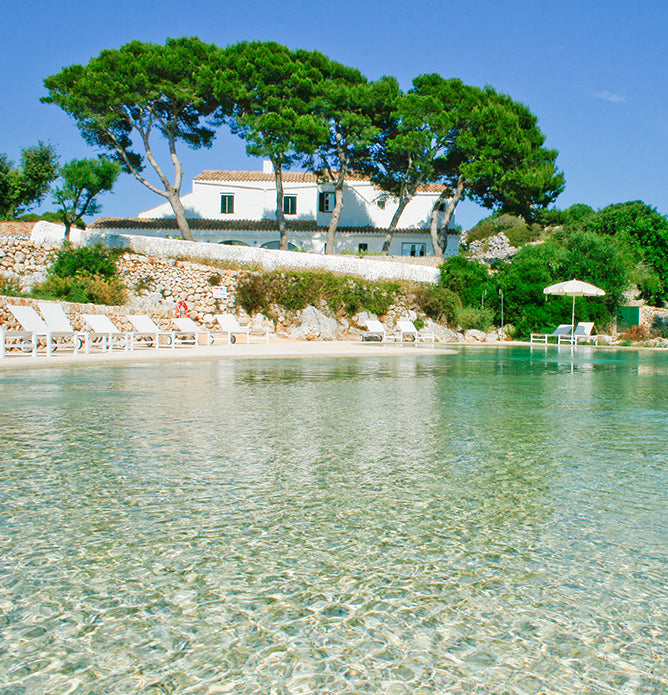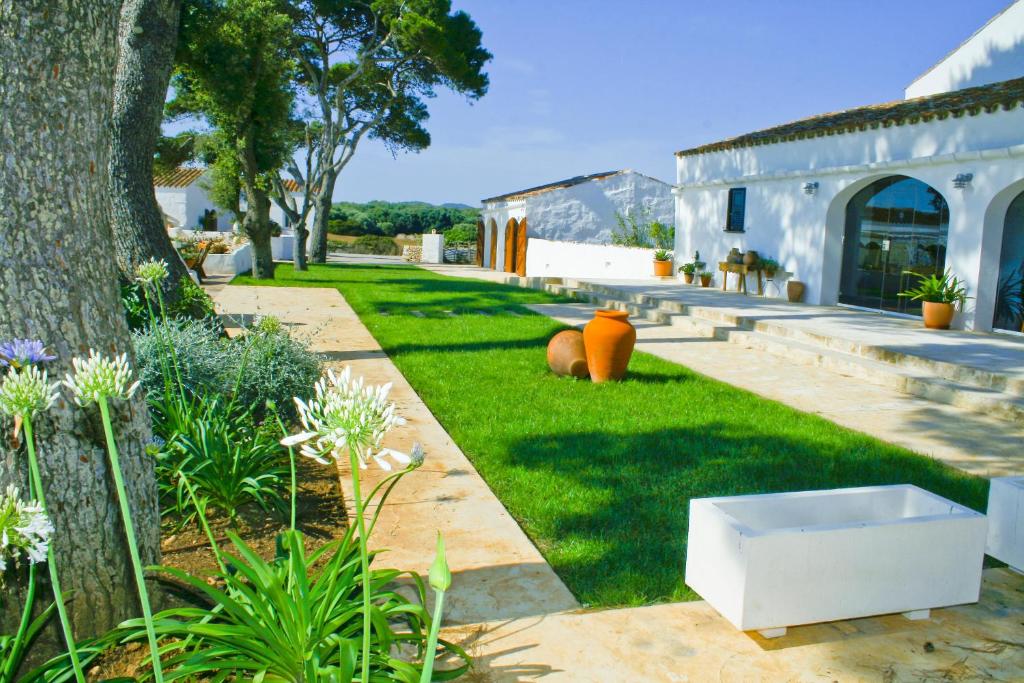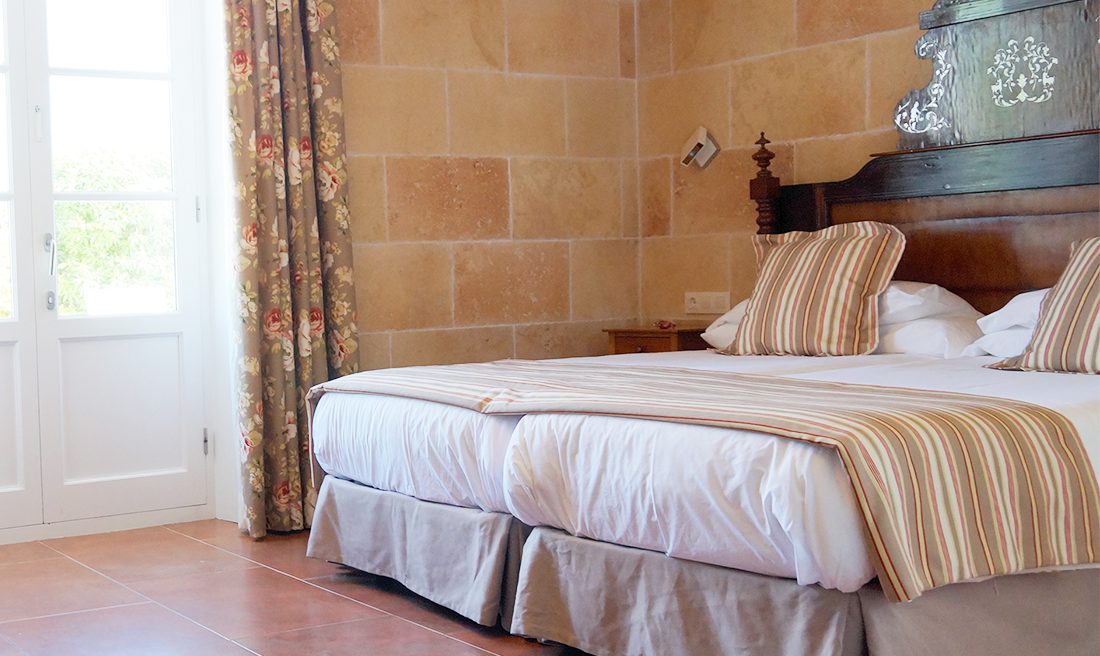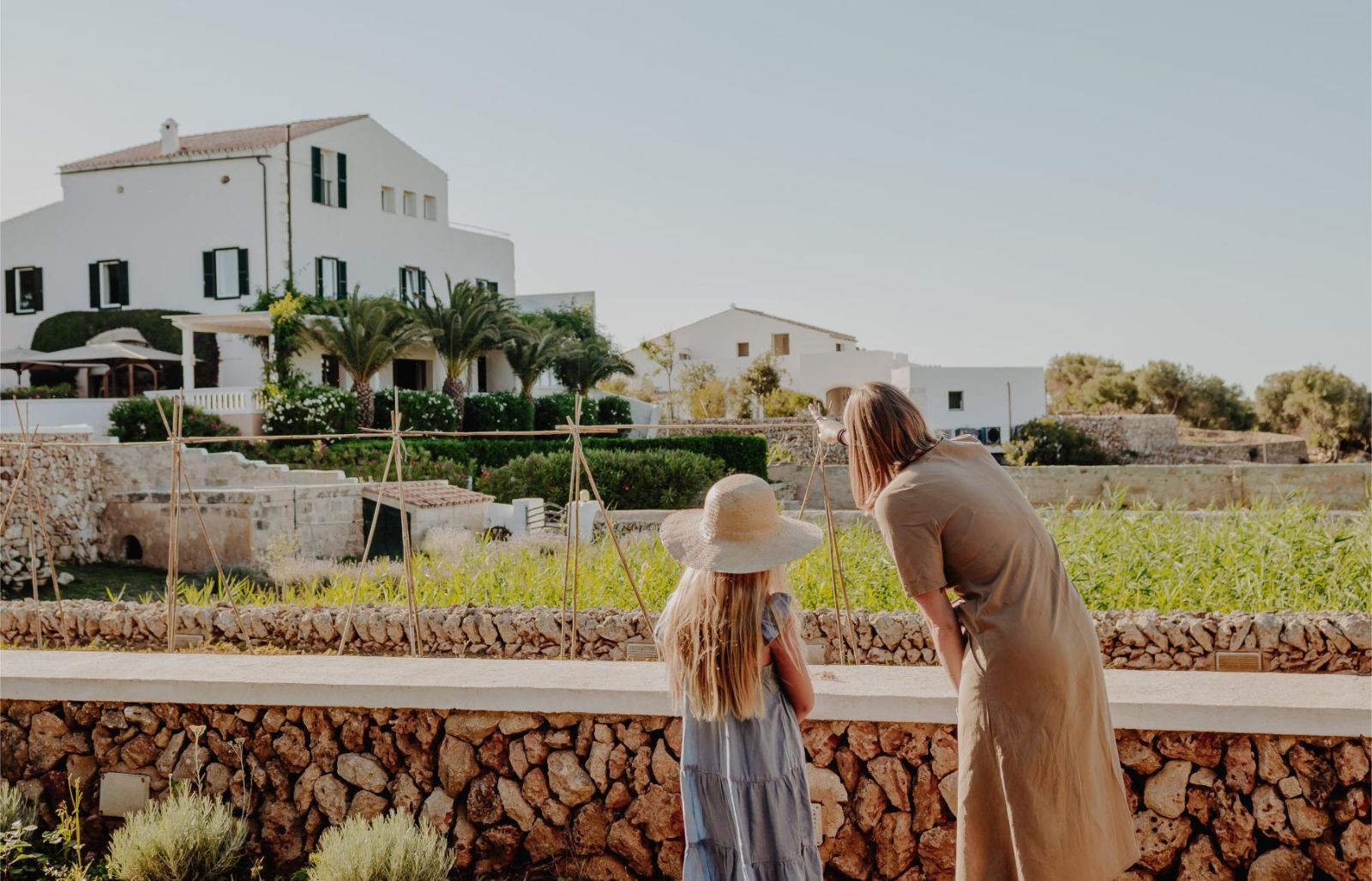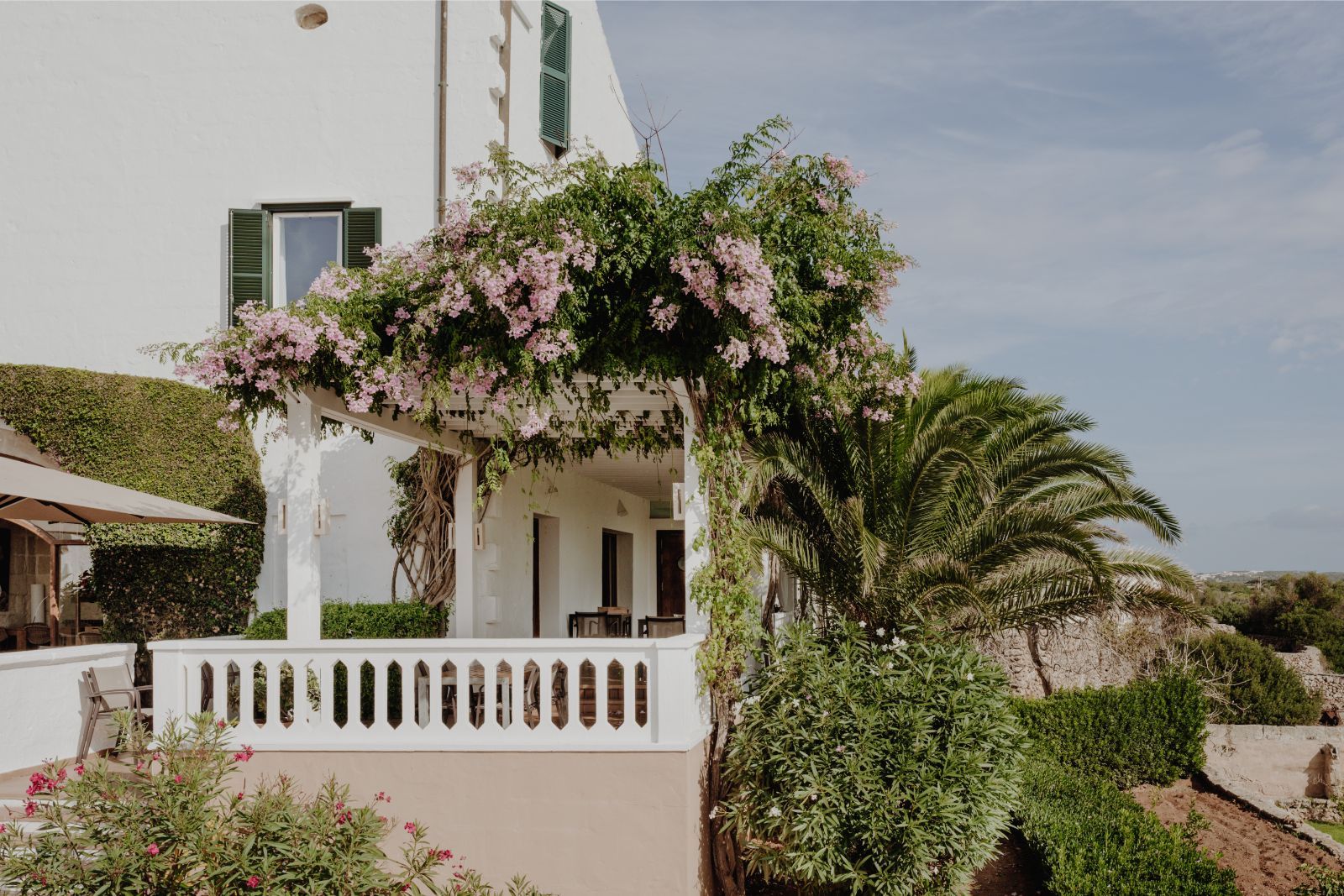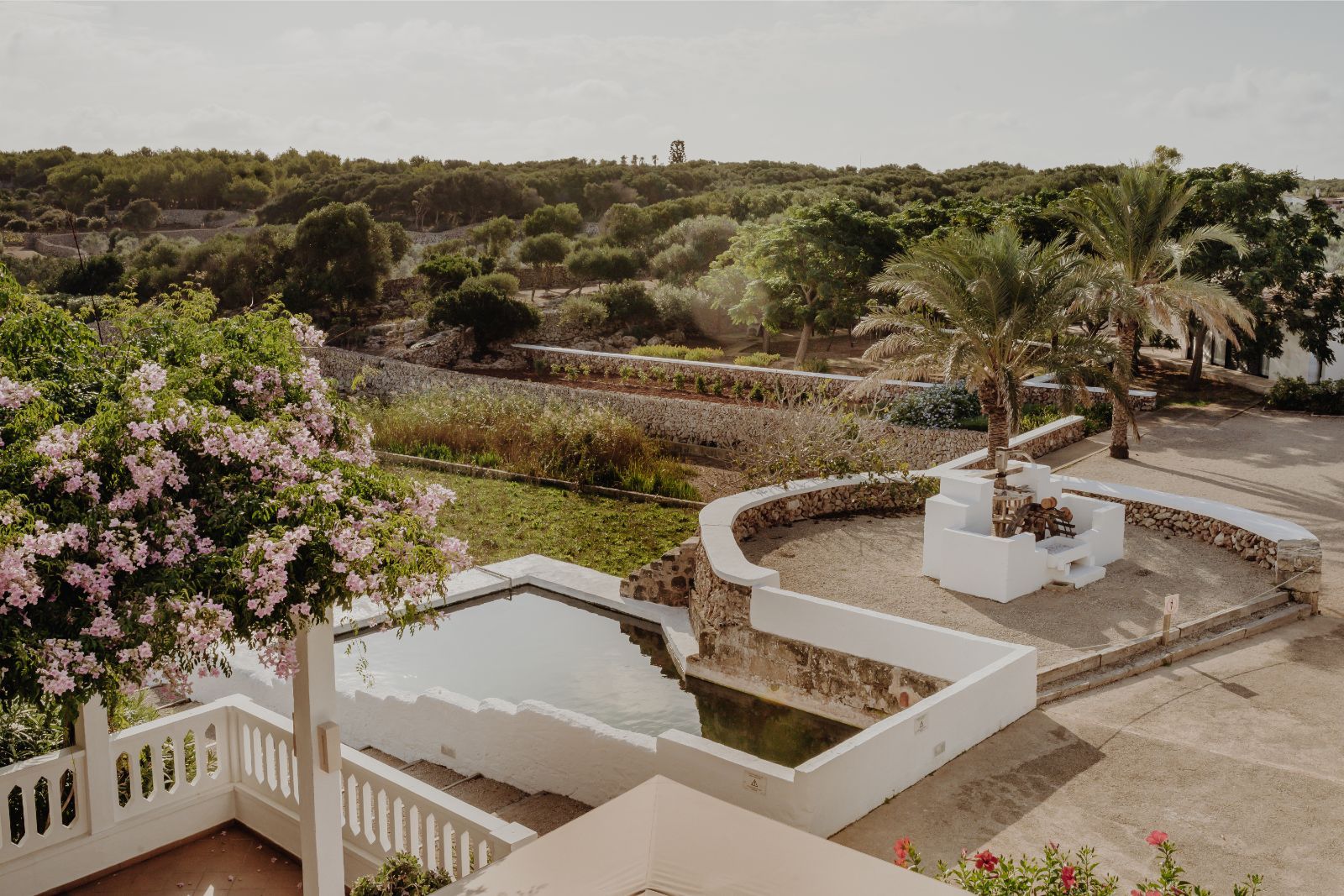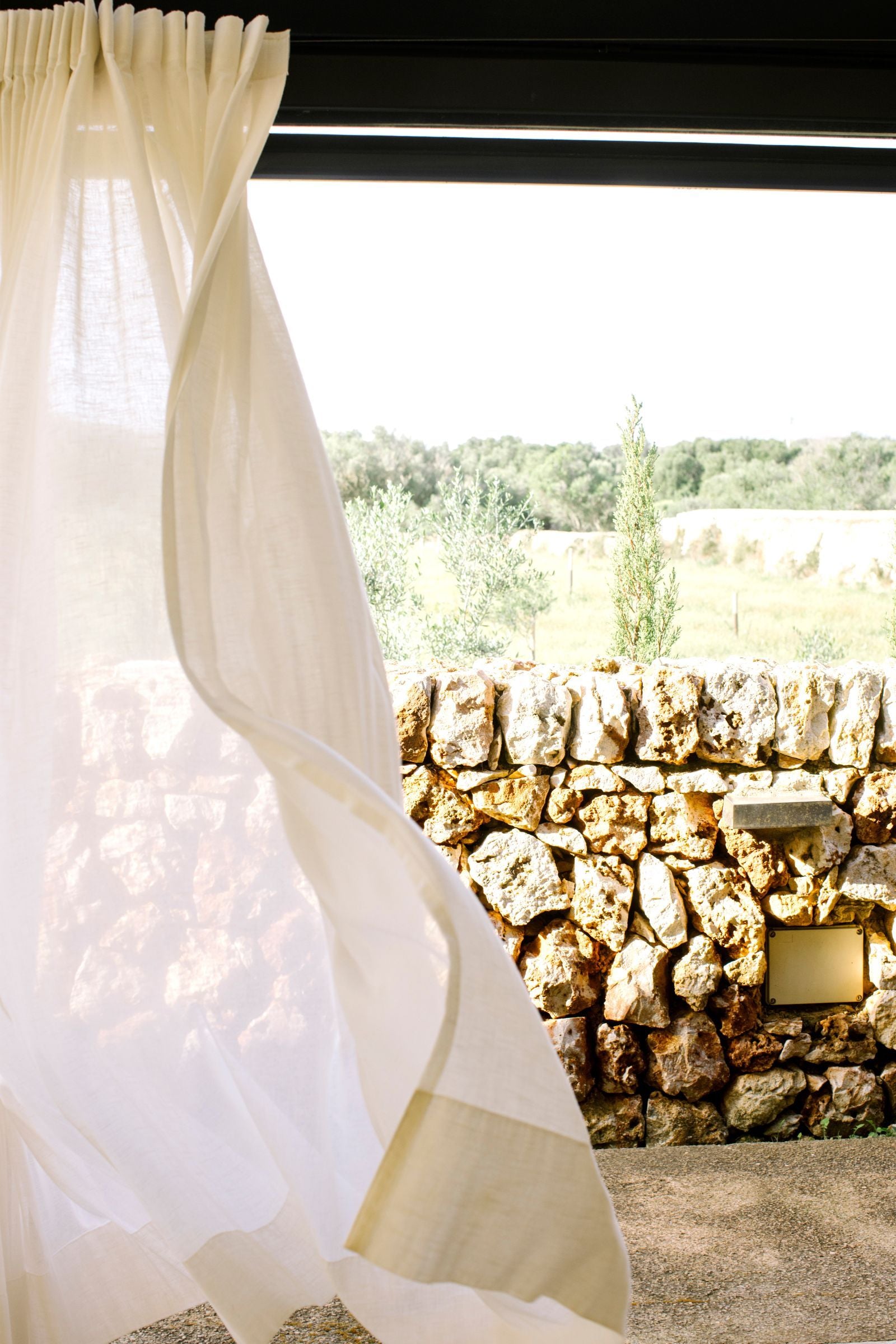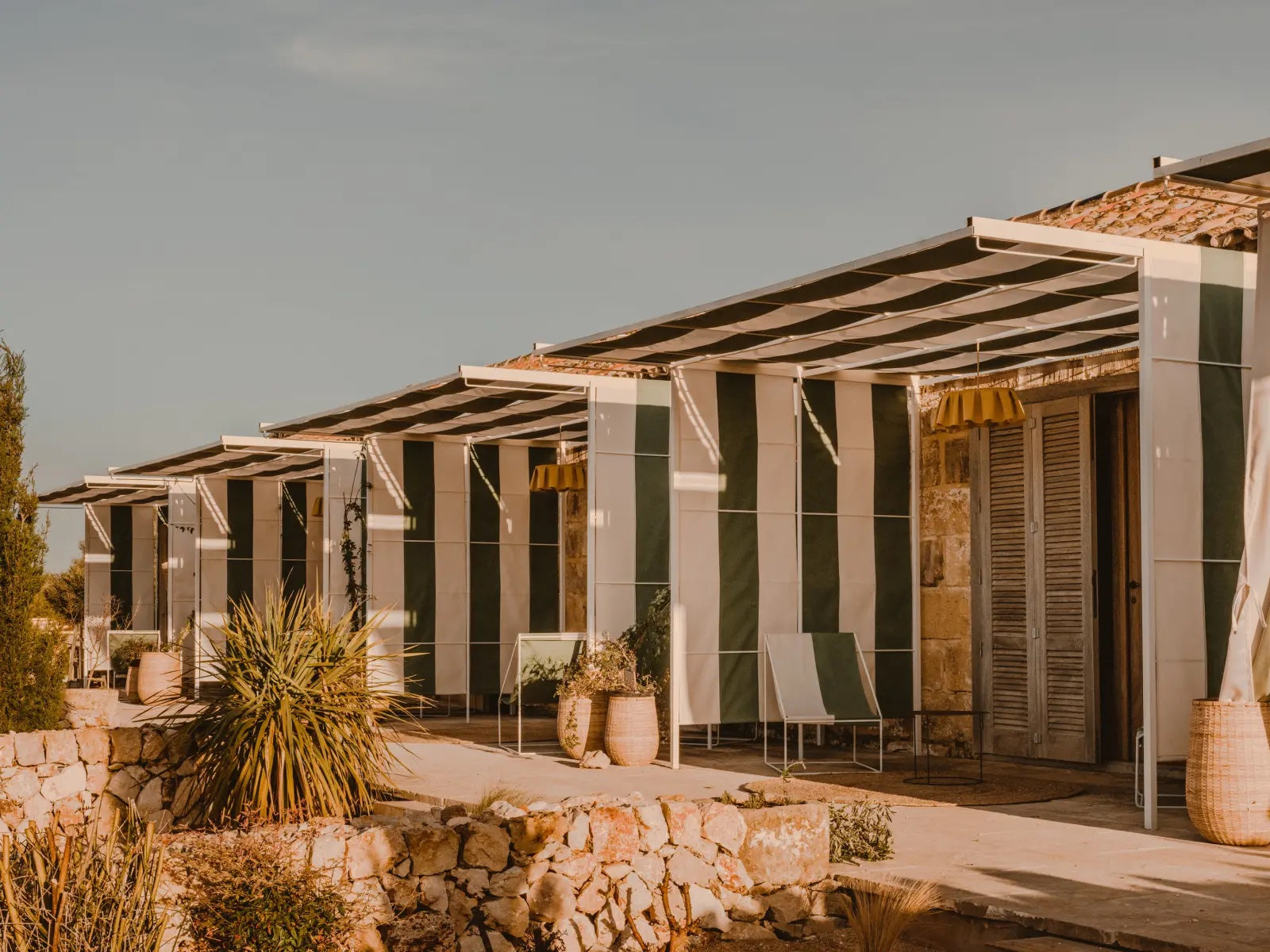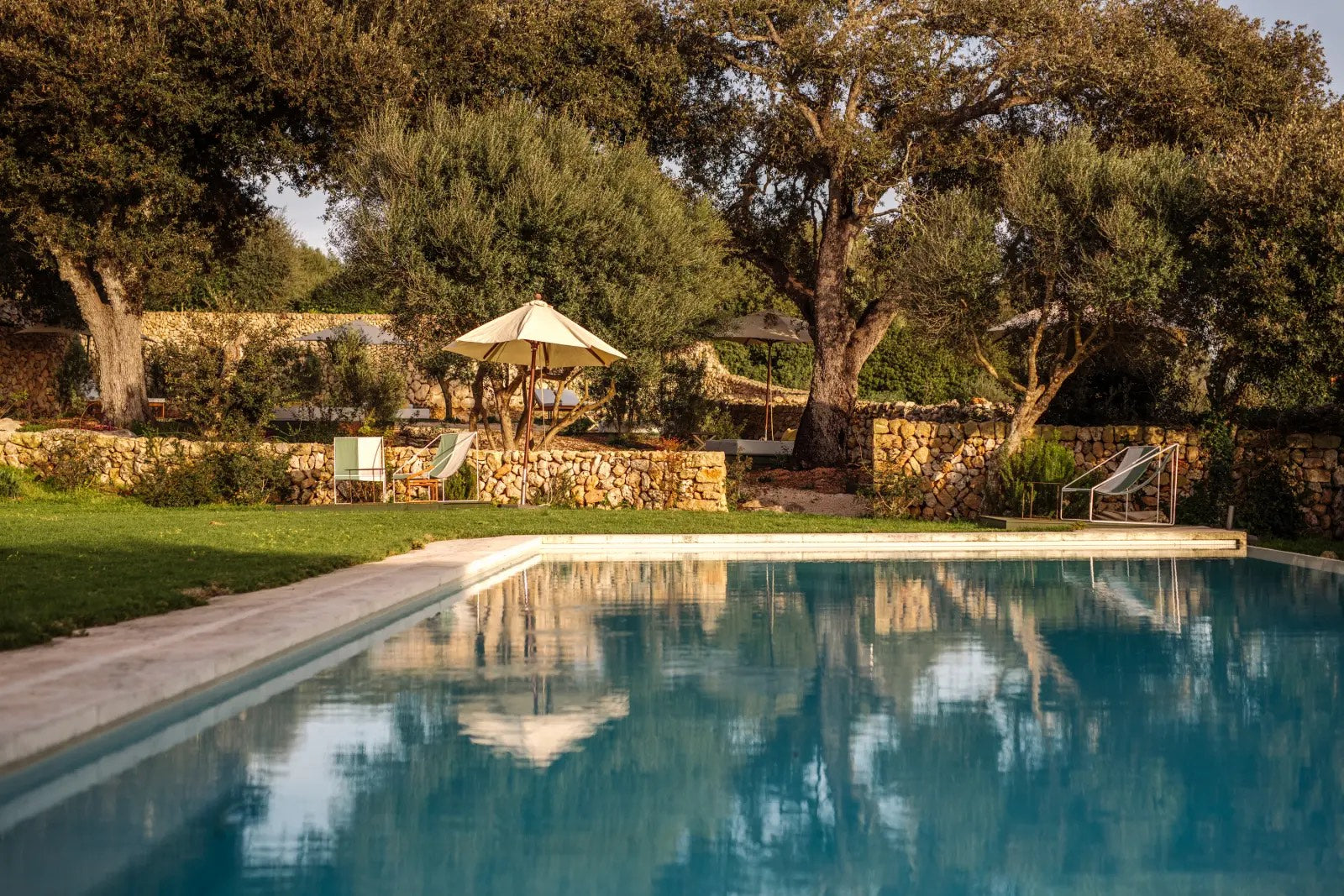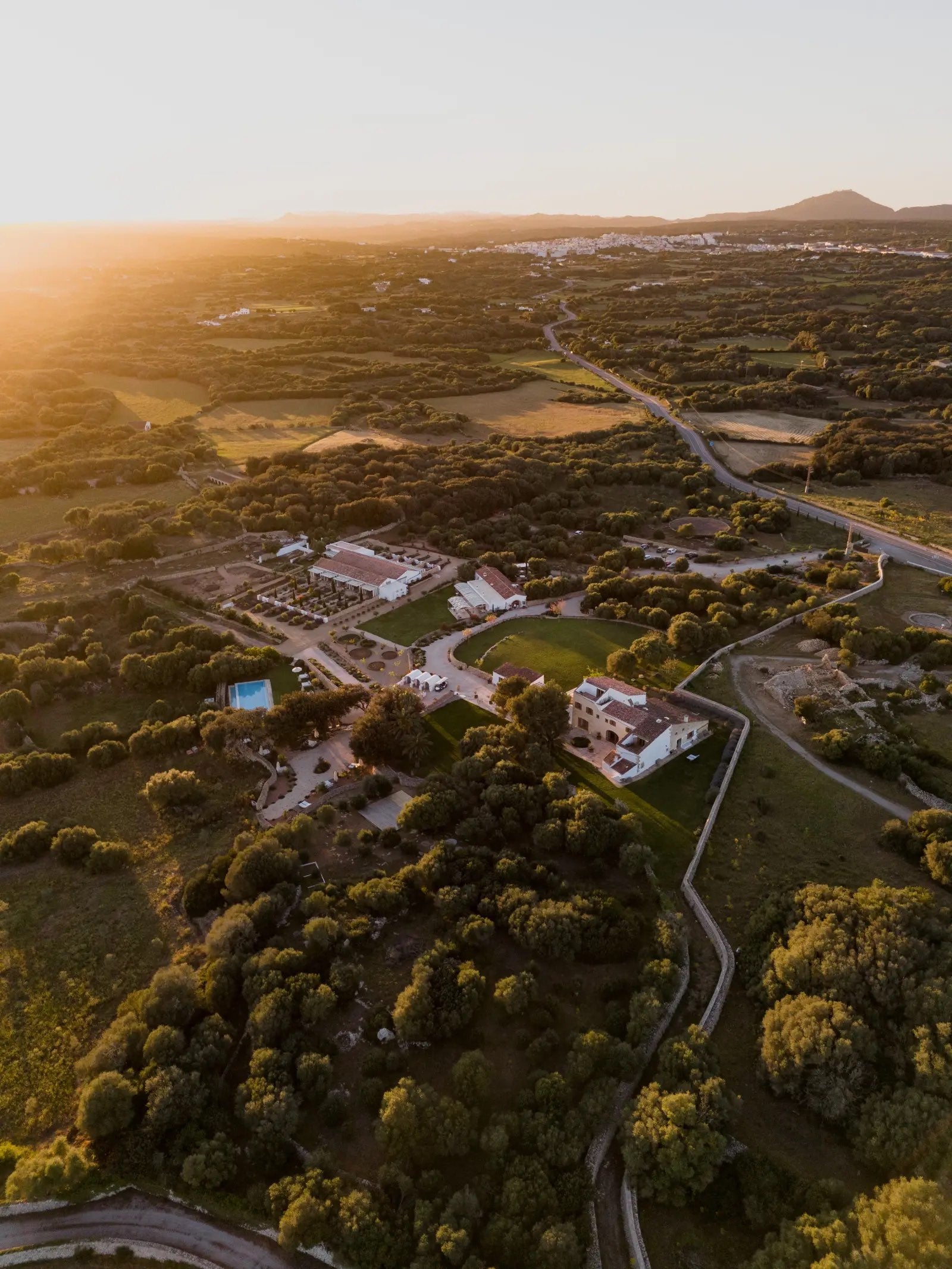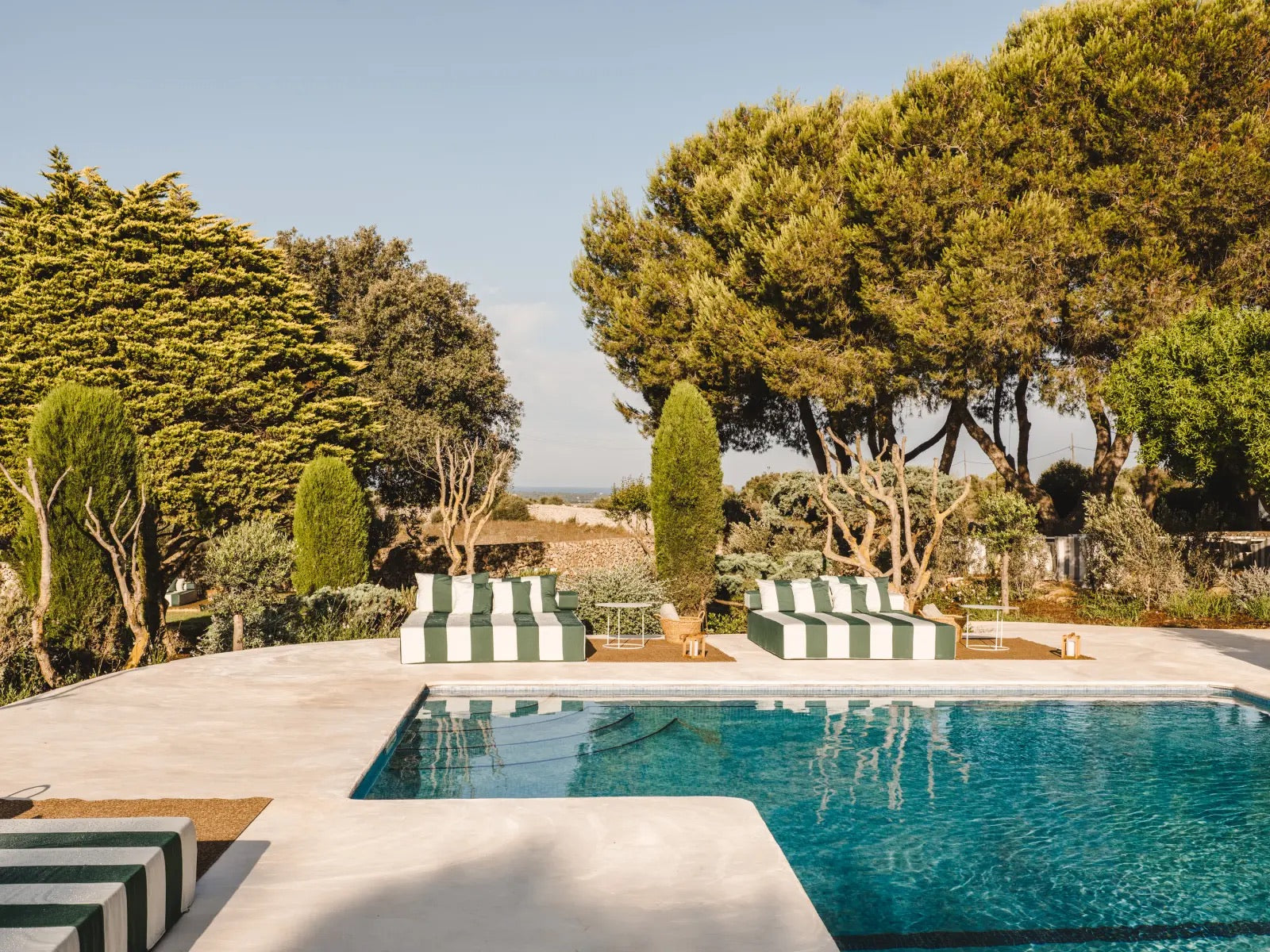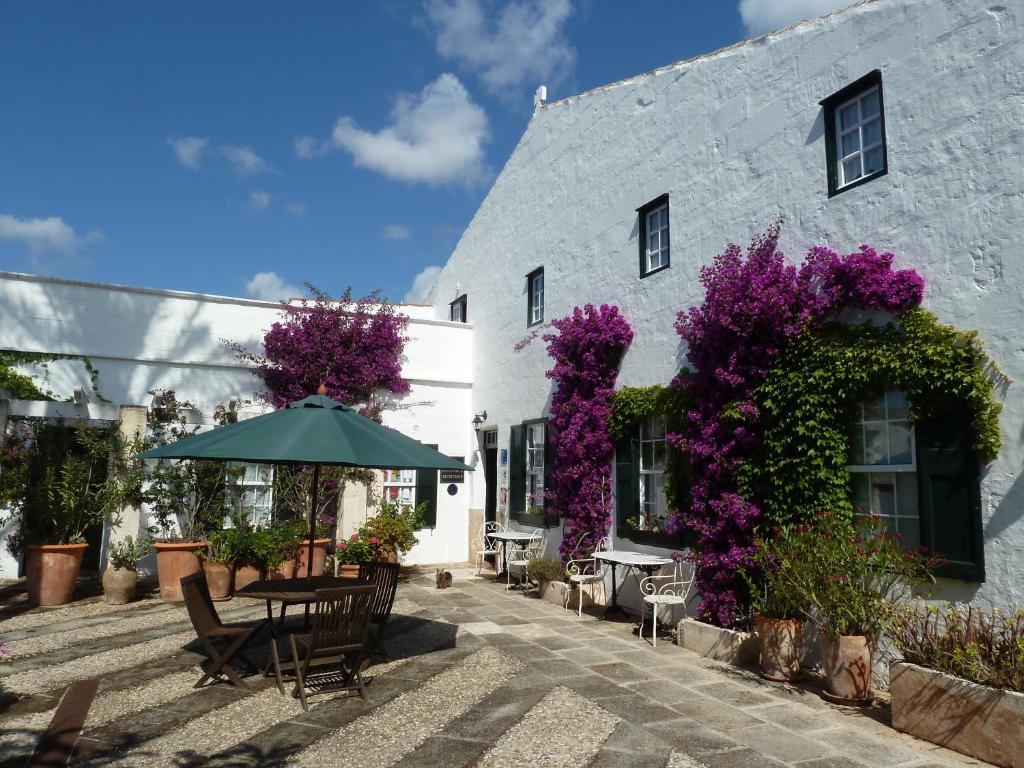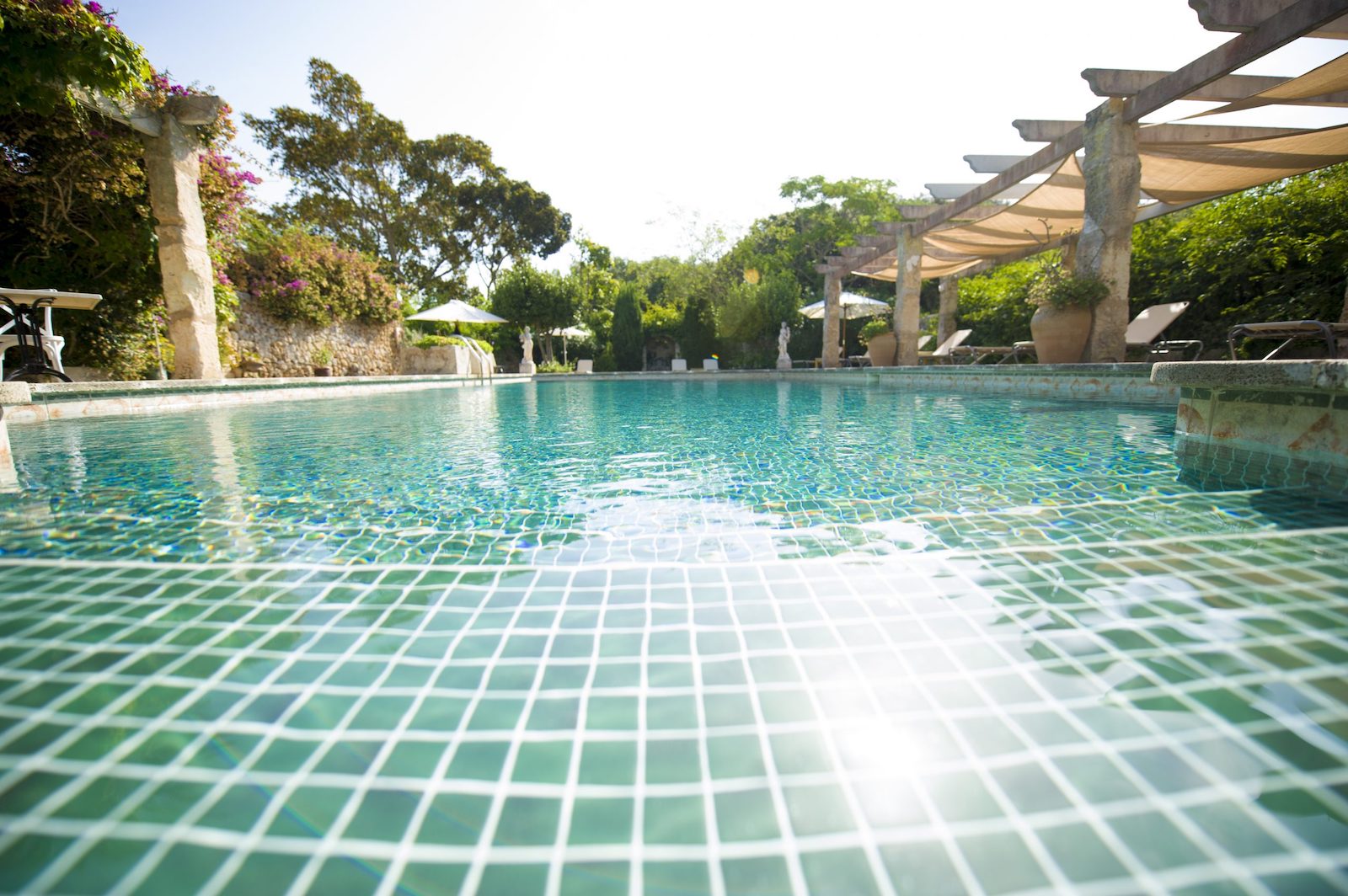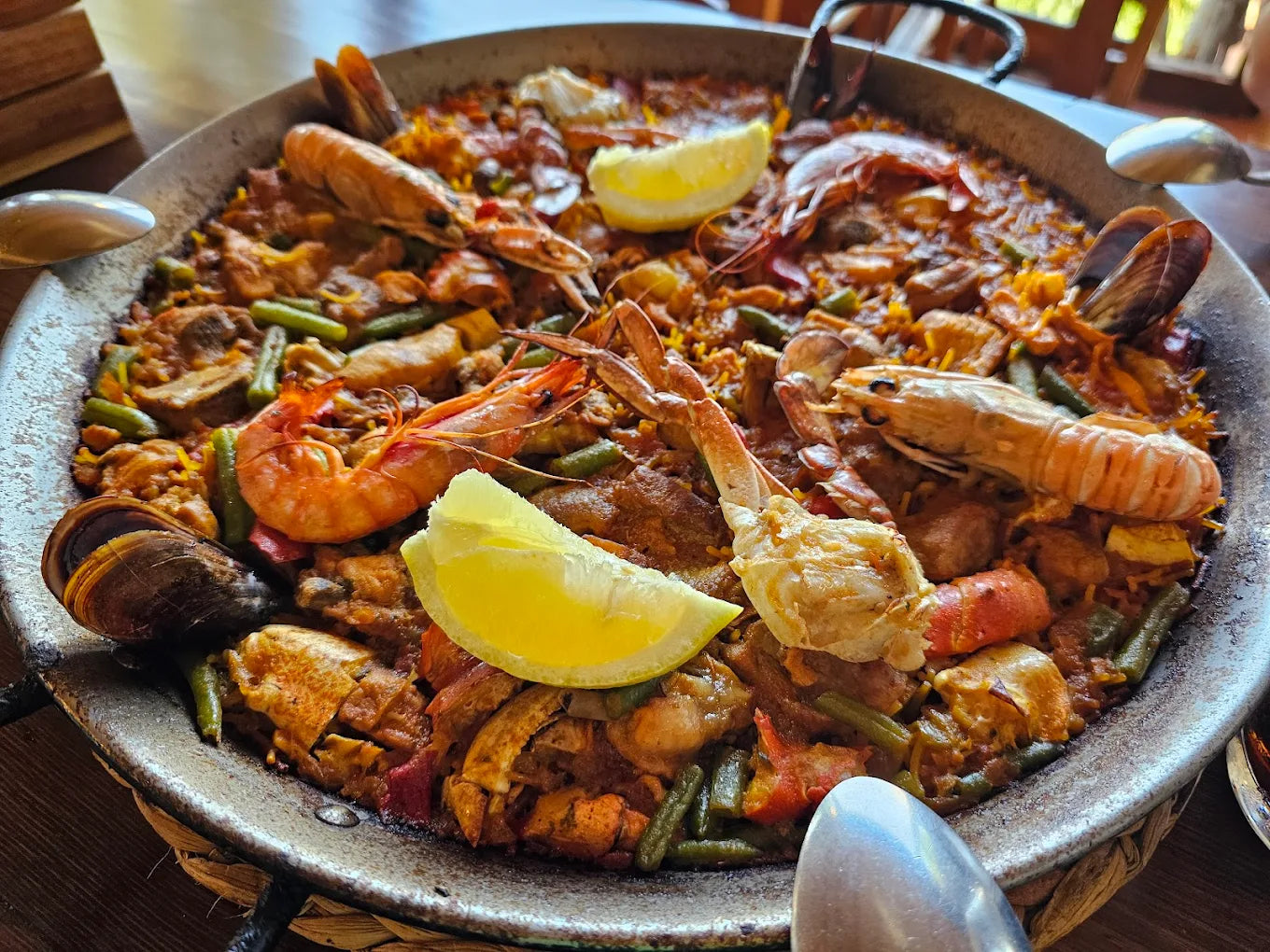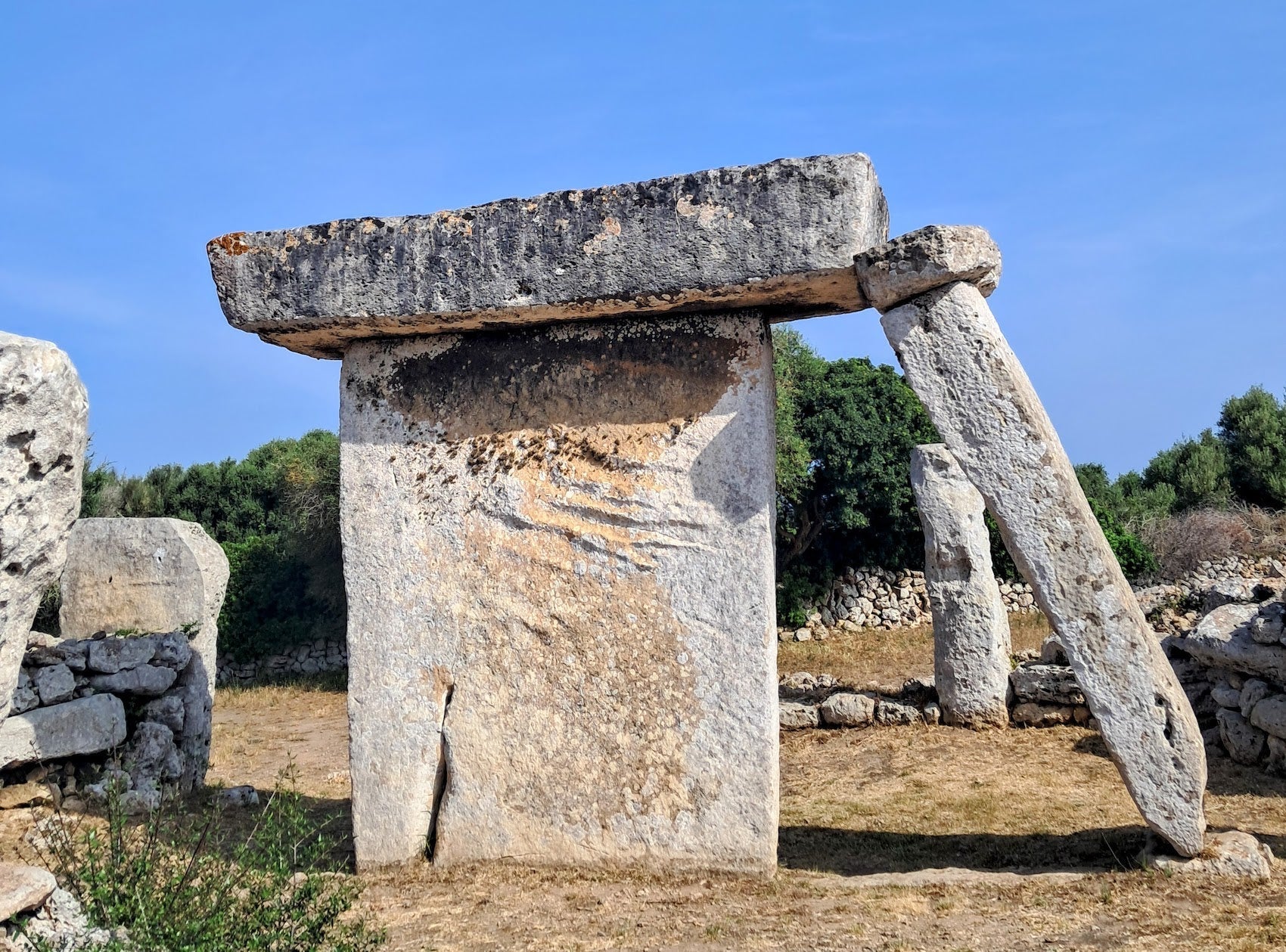From award-winning cheeses, artisanal salt and floral honey to herbaceous liqueurs, Menorca is home to many delectable products worth trying...
Savouring Menorca: A Journey Through the Island’s Local Tasting Menus
Menorca’s culinary identity is deeply intertwined with its agricultural heritage, where cheese, honey, salt, gin, hierbas, cured meats, wine, and beer are not just products, but reflections of the island’s traditions and sustainable ethos. Across the island, local tasting menus celebrate these flavours, offering visitors a genuine taste of Menorca’s terroir while supporting small-scale farmers, cheesemakers, and distillers who have preserved these artisanal methods for centuries.
The Legacy of Mahón Cheese: A Heritage in Every Bite
Perhaps the most iconic product of Menorca, Mahón cheese carries a Protected Designation of Origin (DOP), ensuring that it is crafted using time-honoured techniques. Made from cow’s milk, which thrives on the salty pastures of Menorca, the cheese is known for its distinctively tangy and buttery flavour. The process of ageing on wooden shelves and being rubbed with olive oil and paprika further enhances its taste. On local tasting menus, Mahón cheese is often served with Menorcan honey, fig jam, and artisanal bread, creating a perfect balance of savoury and sweet.
Queso de Mahón-Menorca was a gold medalist at the World Cheese Award Ceremony in Norway in 2018. Named after the port city of Mahón, the award-winning cheese reflects Menorca's long-standing dairy farming tradition, dating back to the Roman era, some argue even before.

Salt of Menorca
The ancient societies of of Menorca collected salt deposited in natural containers dug into the rocks of the coast, the cocos. The sea water filled them with the action of the waves. Then, in the dry season, the water evaporated and the salt remained.
The salt-making tradition of the island dates back to the 14th century. In 1303, Dalmau Sagarriga, royal lieutenant of the Kingdom of Mallorca, declared that the collection of salt for personal use would be free on the island of Menorca.
In the Treaty of Utrecht in 1713, the English proposed establishing a naval base on the island, which would give them strategic control over the western Mediterranean. Concessions for salt production projects then arose. All experiments were concentrated in the northern coastal areas of the island.
There were four salt flats, all in the north of the island: La Concepción, formerly called Salines Noves, in Fornells. The Tirant Vell salt flats, since then called Ses Salines Velles, also in Fornells. The Addaia salt flats. The Mongofra salt flats, located at the bottom of the port of Addaia.
Industrial salt production continued into the 20th century. Competition with imported salt from large Spanish and foreign production areas forced the Menorcan salt industry to decline. Of the four salt mines that existed at that time, La Concepción is the only one that is still in operation. It is now called Sal de Menorca and is open to the public for tours. Reservations must be made in advance.

Menorca’s Gin: A Legacy of Seafaring and Tradition
Gin may be synonymous with Britain, but in Menorca, it has been a local specialty for centuries. Menorcan gin is a unique and historically significant spirit that plays an important role in Menorca's culinary and cultural identity. The origin of Menorcan gin dates back to the 18th century during British rule of the island (1713–1802). Local distillers began producing gin using Mediterranean juniper berries and a grape-based spirit to meet the demand brought by British sailors and soldiers.
The most famous producer of Menorcan gin is Xoriguer (pronounced shore-ee-gay), established in the 18th century and named after the family windmill ("Xoriguer") in Mahón. It is one of the oldest gin distilleries in Europe still in operation. Distilled in traditional copper stills, preserving the original methods used centuries ago, tproduction process emphasizes quality and heritage. The flavor is mild, smooth, and herbal, with a prominent juniper note and a subtle hint of citrus and wild herbs.
The most iconic way to enjoy Menorcan gin is in a Pomada, a refreshing cocktail made by mixing gin with lemon soda (or fresh lemonade) and served over ice. This drink is especially popular during the island’s festivals (fiestas). Gin and tonics are also a popular summer drink on the island, served in big tumblers with lots of ice. Many tasting menus feature a gin pairing, offering a chance to experience this historic spirit alongside local delicacies.

Menorca Hierbas
Complementing Menorcan gin is Hierbas de Menorca, a traditional herbal liqueur made from wild island botanicals, including fennel, rosemary, and chamomile. Its complex flavors, ranging from earthy to sweet, make it an essential digestif after a meal.
Hierbas is made by macerating or distilling a mixture of local herbs and botanicals in alcohol, creating a sweet, fragrant, and sometimes slightly bitter drink. There are three types of hierbas: dulces (sweet), secas (dry) and mixtas (mixed).
A variety of Mediterranean herbs are used to brew hierbas, which may include: aniseed (a key flavor in hierbas), rosemary, thyme, fennel, lemon verbena, mint, and citrus. These herbs are steeped in a base spirit, often neutral grain alcohol or grape-based spirit.Many local producers make small-batch, artisanal hierbas, which are prized for their authenticity and complexity.
Island Honey
As a UNESCO Biosphere Reserve, Menorca is home to diverse flora that contributes to the production of high-quality, artisanal honey. Honey varieties range from light and floral to rich and herbaceous, depending on the types of plants the bees forage on. Mel de Menorca local honey is prized for its variety of flavours (typically wildflower, herbal and forest), reflecting the island’s Mediterranean wildflowers, herbs, and coastal plants.
Cured Meats
Menorca, like the rest of Spain, has a rich tradition of cured meats that reflect its Mediterranean heritage and agricultural practices. These meats are integral to the island's cuisine, often enjoyed as snacks, appetizers, or as part of traditional recipes.

The traditional cured meats of Menorca include:
-
Sobrasada: a soft, spreadable cured sausage made from minced pork, paprika, salt, and spices. Smoky, slightly spicy, and rich, with a creamy texture. Spread on bread, either plain or drizzled with honey. Menorcan sobrasada is milder than that of neighboring Mallorca, with a unique flavour due to the island's specific spice blends.
-
Carn-i-xulla: a traditional Menorcan sausage, similar to salami, made from lean pork and seasoned with black pepper, salt, and sometimes wine or spices.Rich and meaty, with a slightly tangy note from the curing process. Sliced and eaten as a snack or appetizer and often included in charcuterie platters.
-
Camot: a lesser-known Menorcan sausage, typically made with pork and a mix of local herbs and spices. Herbaceous and aromatic, reflecting the flavors of Menorca’s wild vegetation.
-
Longaniza: a dry-cured sausage made from pork, seasoned with garlic and spices. Savory and slightly garlicky, with a firm texture. Often sliced thinly and served with local cheese or olives.
-
Botifarró/Butifarrón: A traditional blood sausage made with pork, spices, and sometimes rice. Earthy and rich, with a slightly spiced undertone. Eaten on its own or cooked into stews and soups.Sometimes grilled or fried.

The Emerging Wine Scene: From Vine to Glass
Though historically overshadowed by mainland Spain’s renowned wine regions, Menorca’s wine scene is gaining recognition. Thanks to a resurgence in viticulture, the island now boasts several boutique wineries producing unique Mediterranean varietals. The calcareous soil and mild climate contribute to wines with bright acidity and mineral complexity, perfect for pairing with the island’s rich cheeses and seafood. Wineries such as Binitord, Binifadet and Hort Sant Patrici are leading the charge, often featuring in local tasting experiences that highlight Menorca’s winemaking revival.

Sustainability and Localism: A Way of Life
The philosophy behind Menorca’s tasting menus is one of sustainability and locality. The island’s agricultural landscape remains largely untouched by industrialization, allowing small-scale farmers and producers to thrive. Many tasting menus are curated to showcase seasonal ingredients, ensuring minimal environmental impact while supporting the island’s economy.
Exploring Menorca through its local tasting menus is a journey into the island’s past, present, and future. Whether savouring a slice of aged Mahón cheese, sipping a handcrafted gin, or discovering the newest local wine, each bite and sip tells the story of a land rich in tradition, sustainability, and culinary excellence. For food lovers, these curated experiences offer not just a meal, but an immersion into Menorca’s authentic flavors and way of life.


